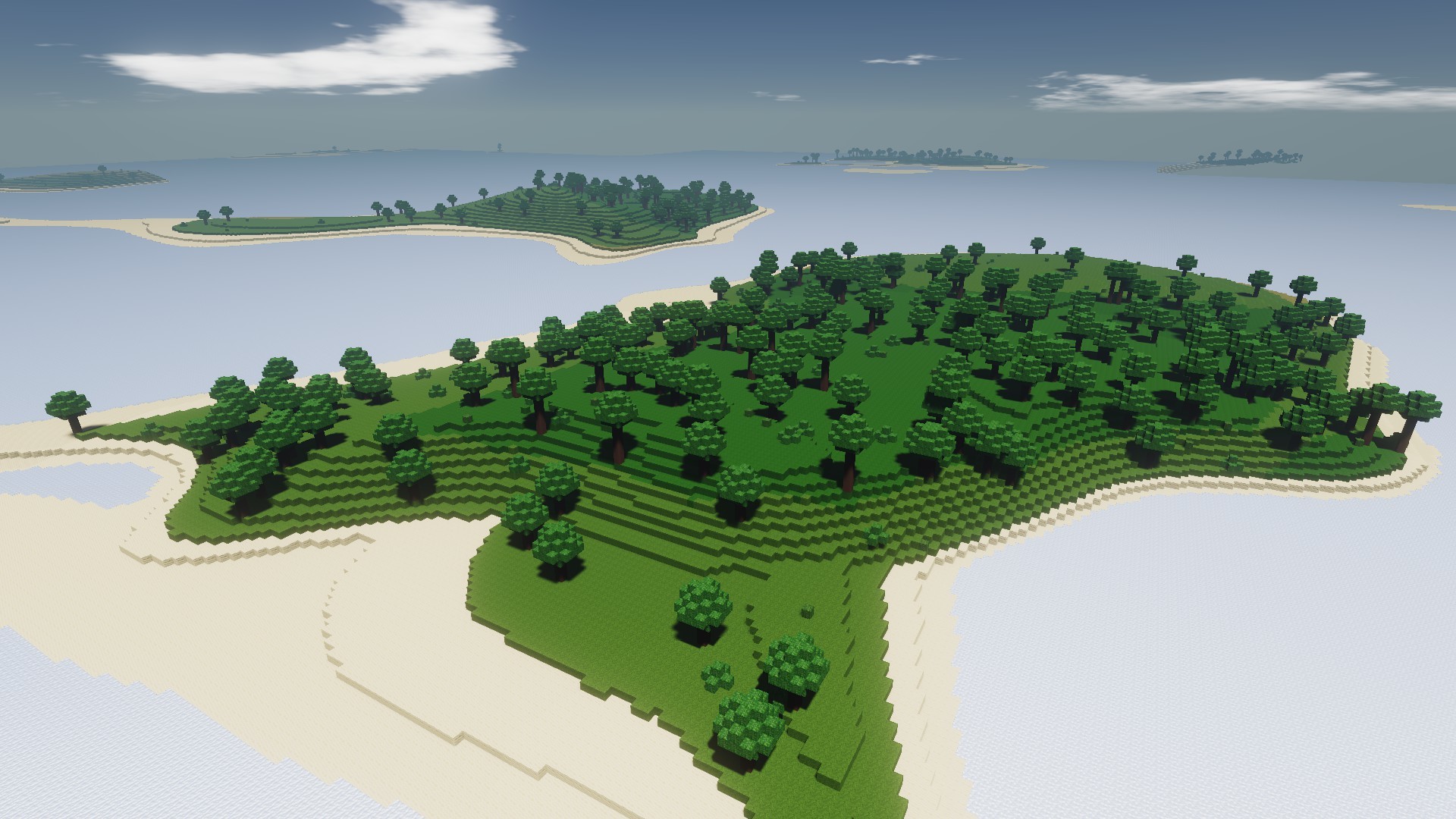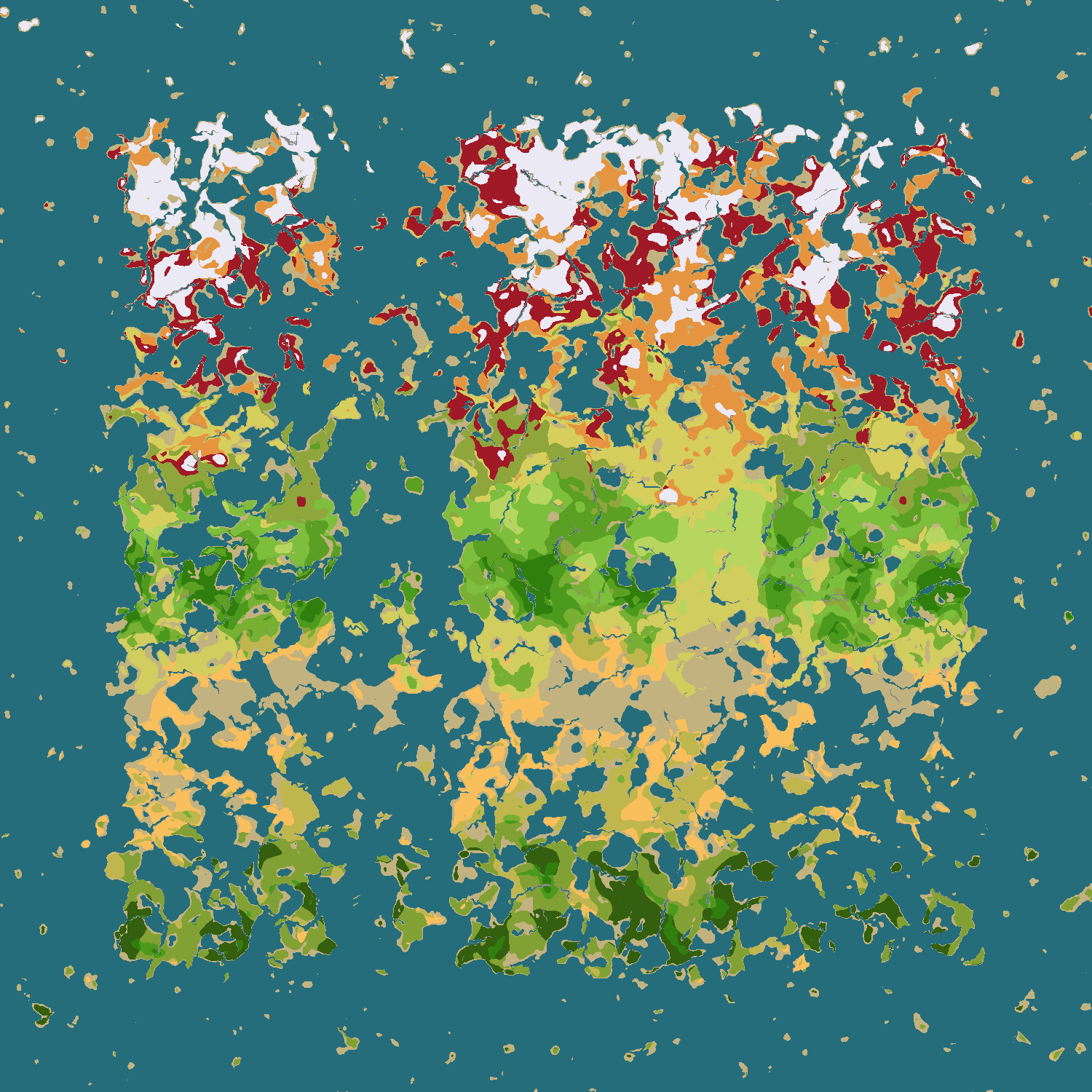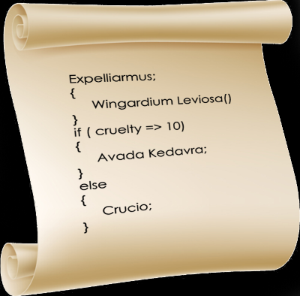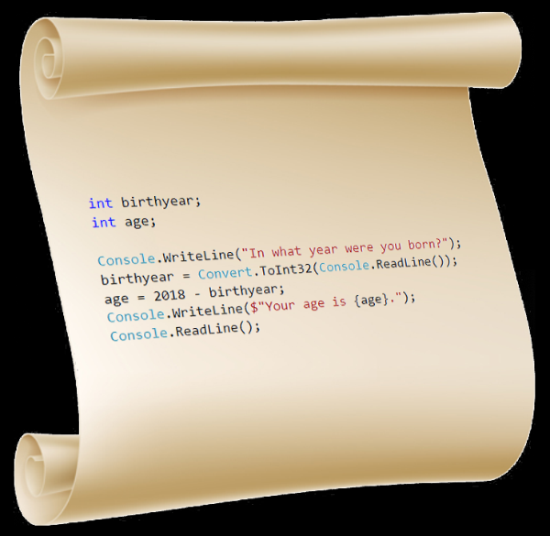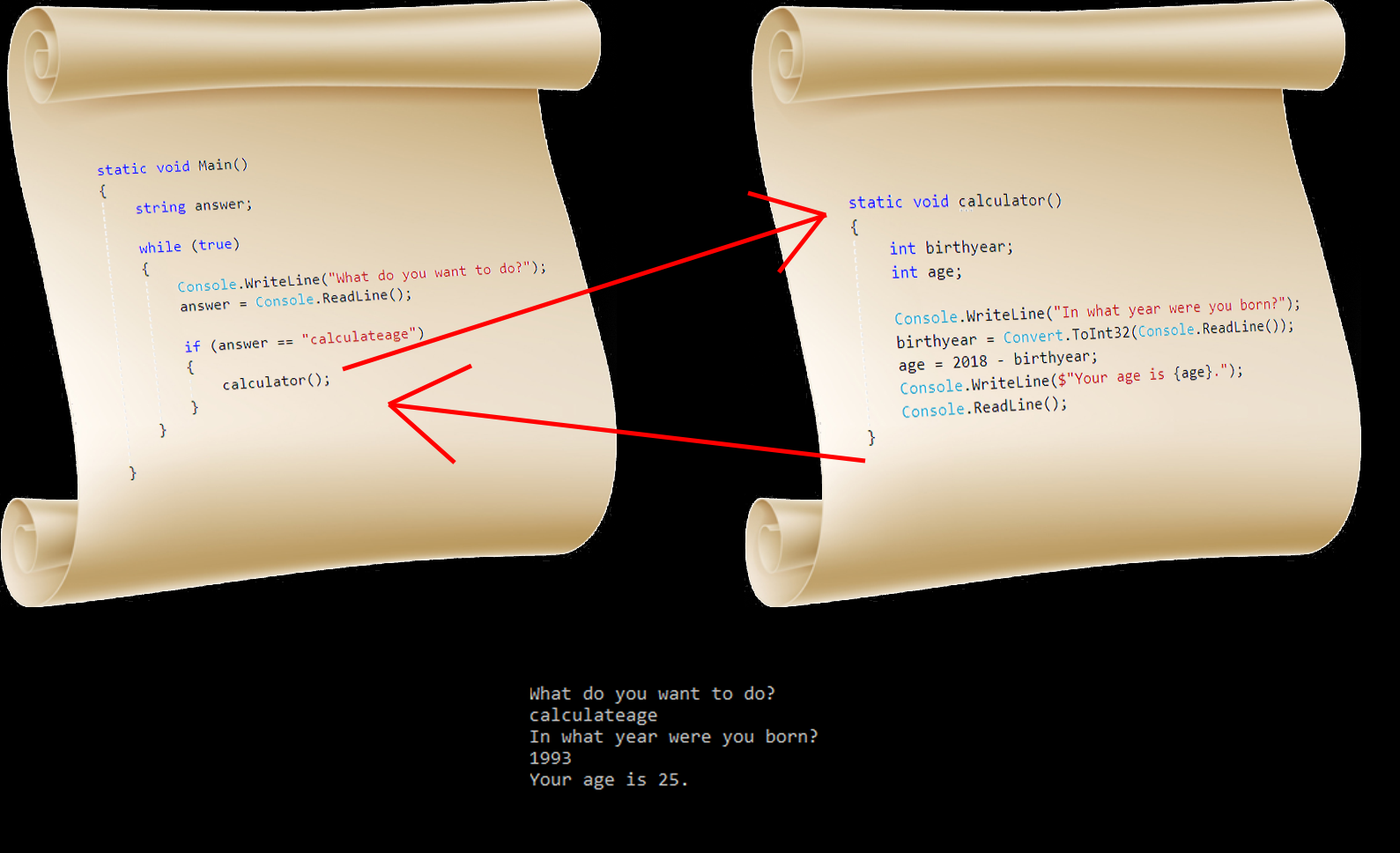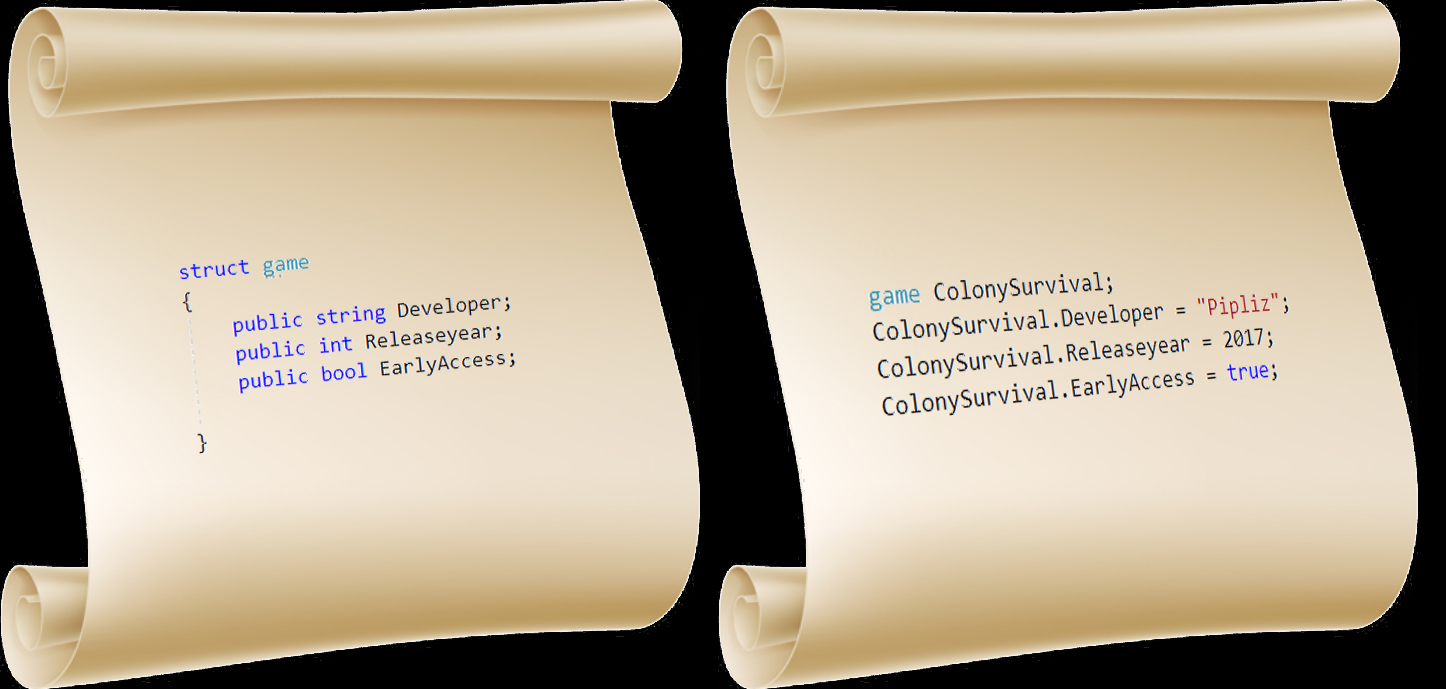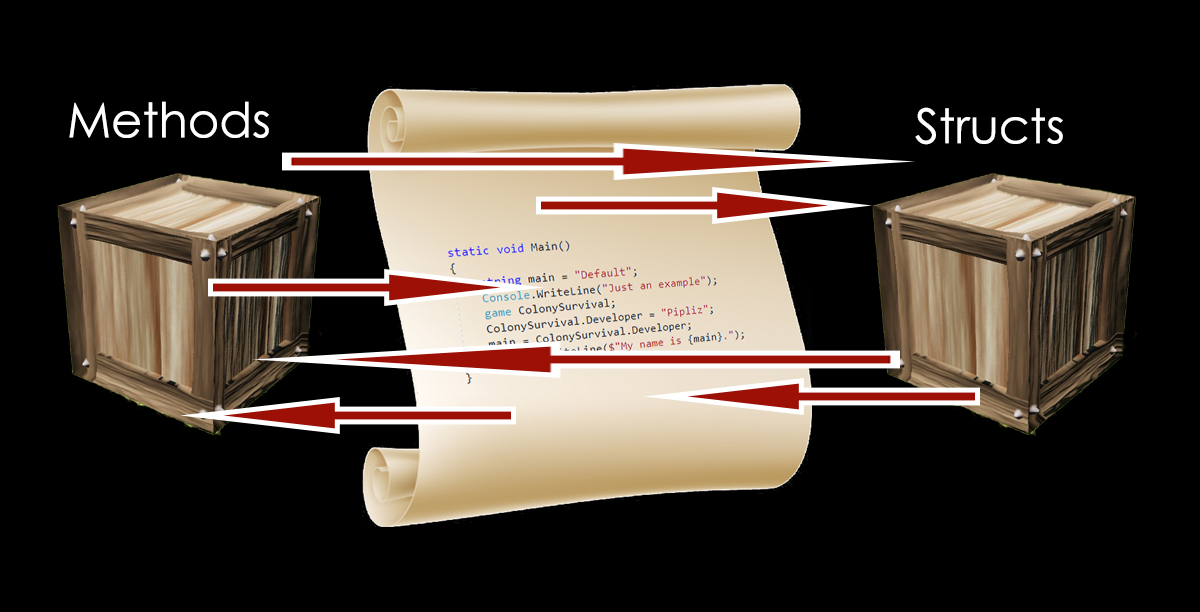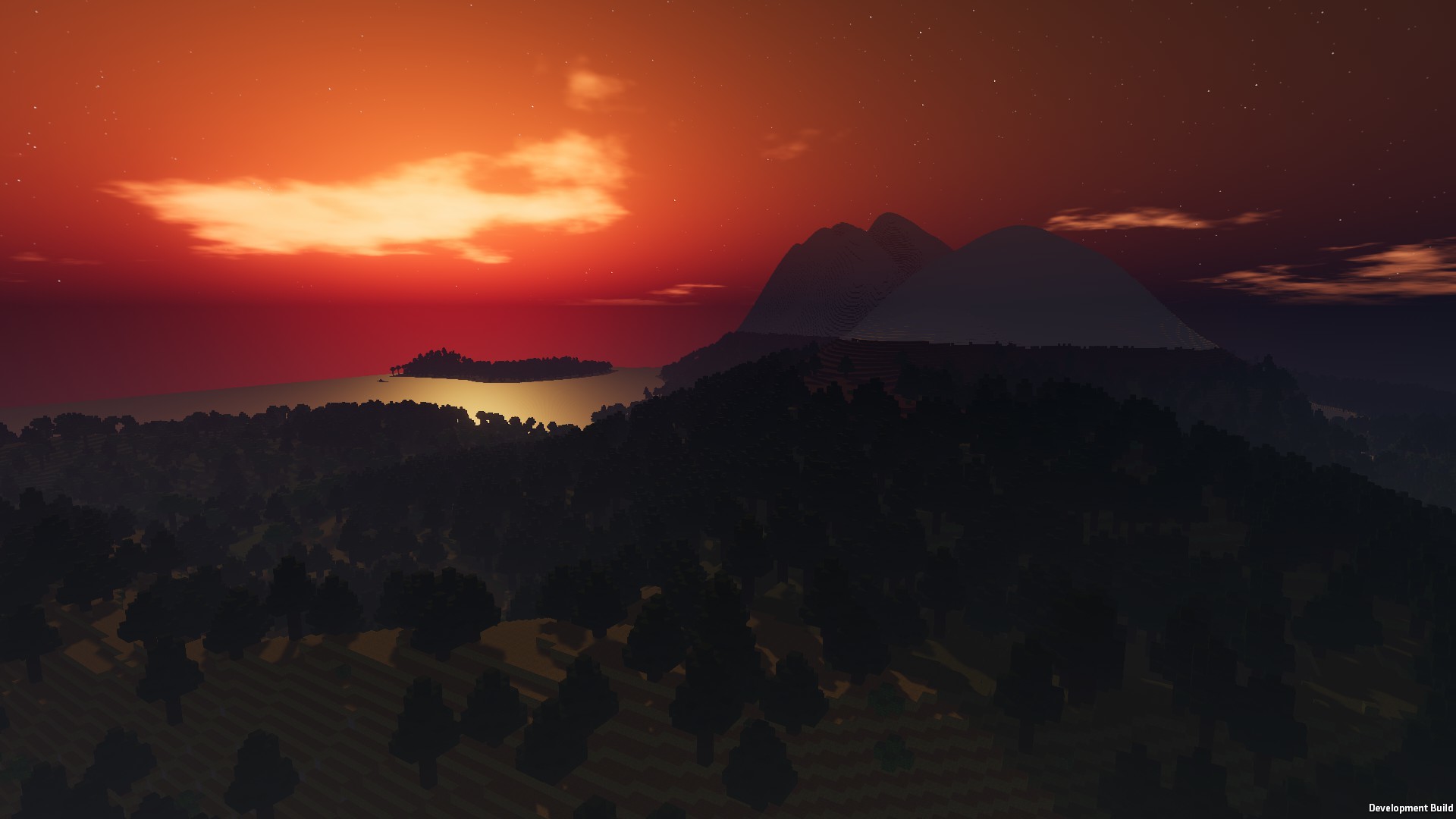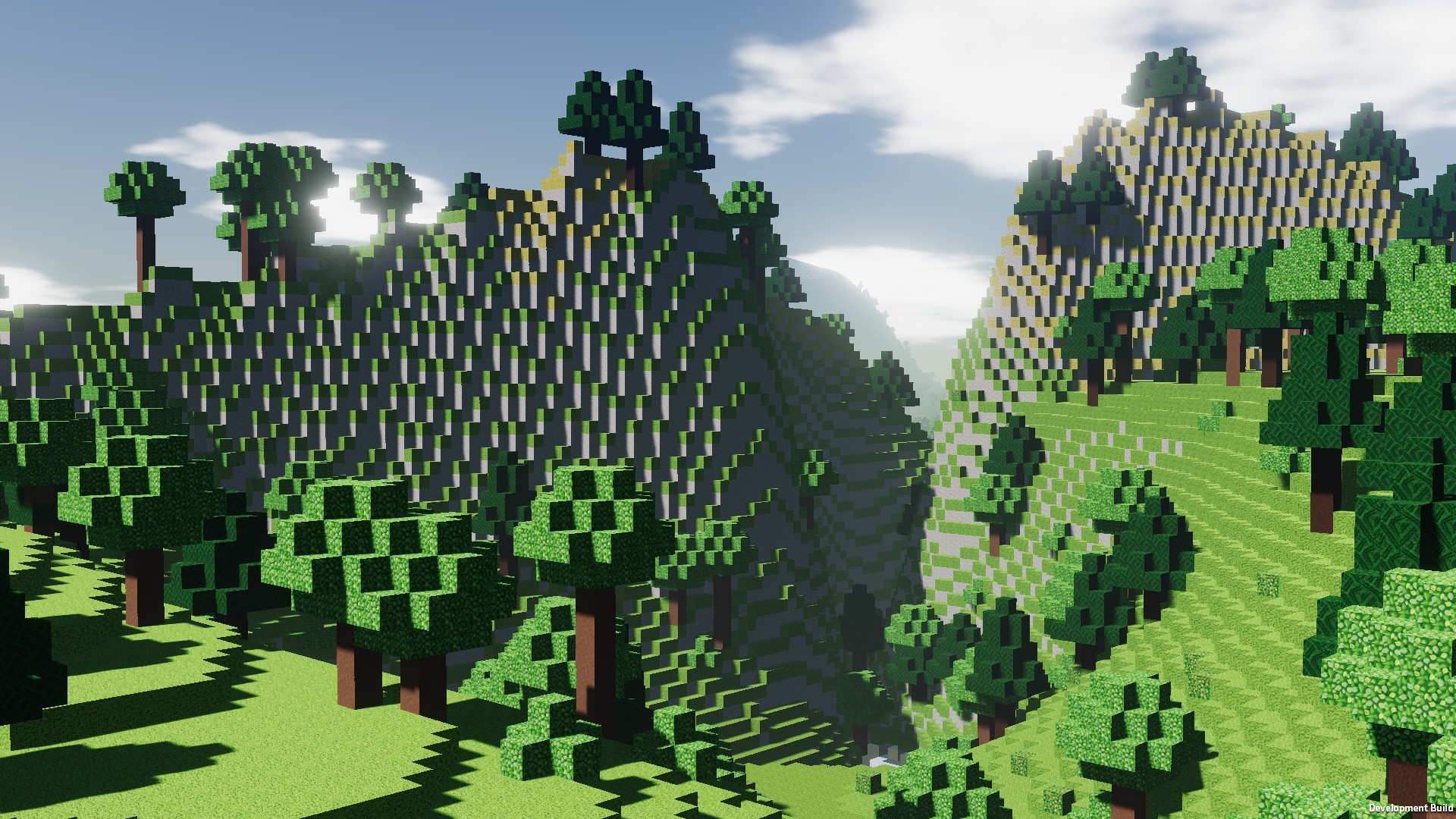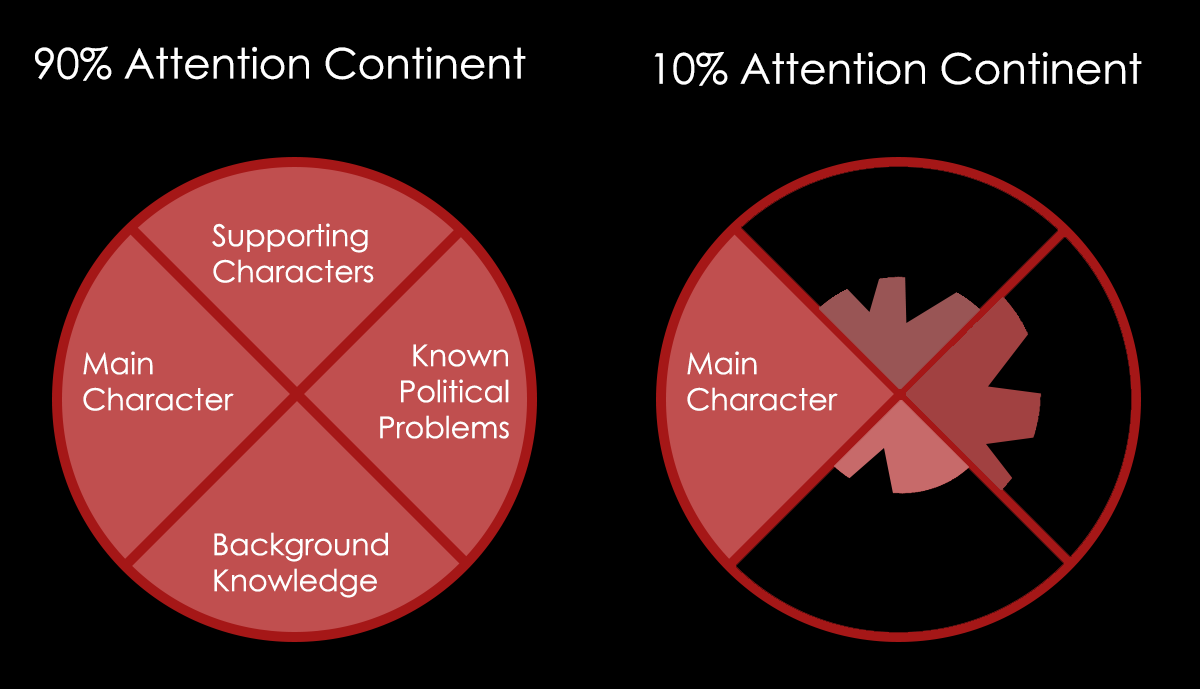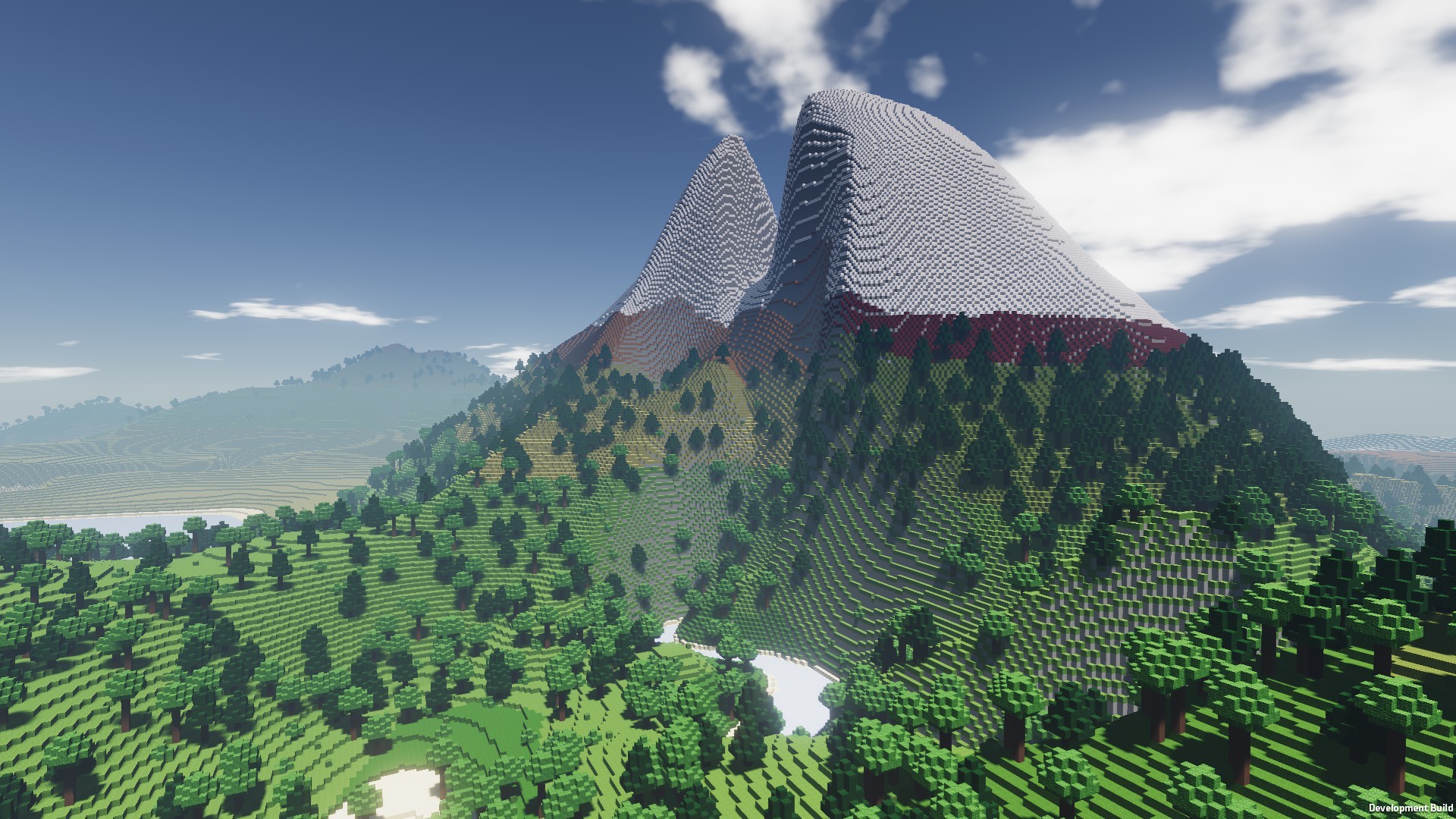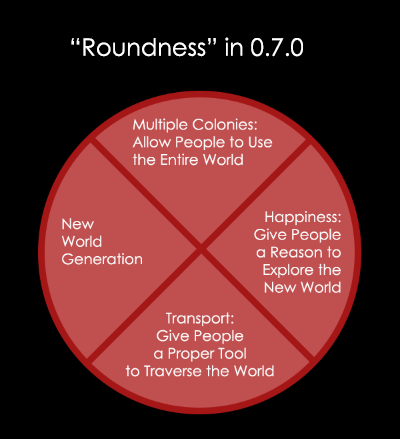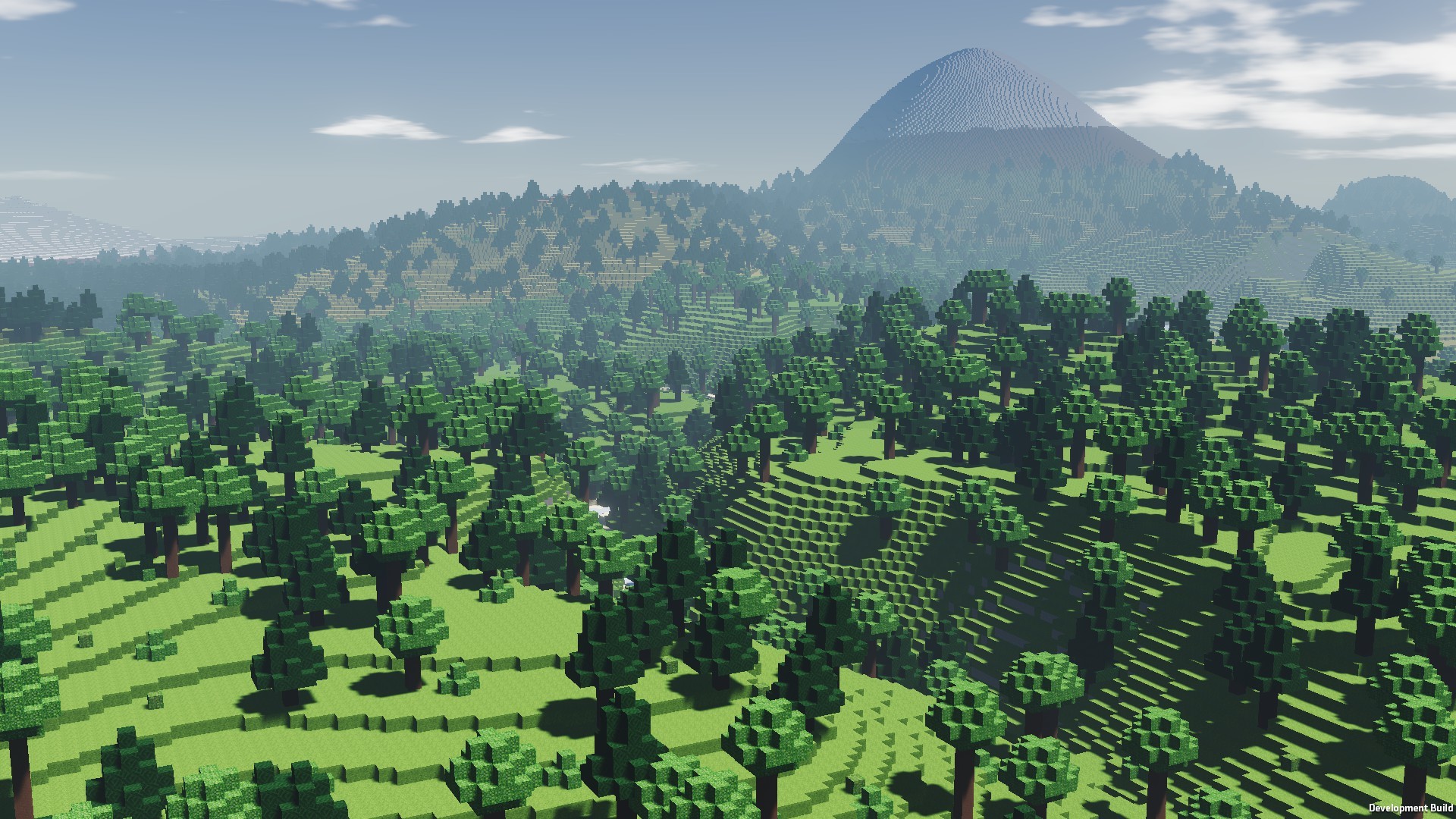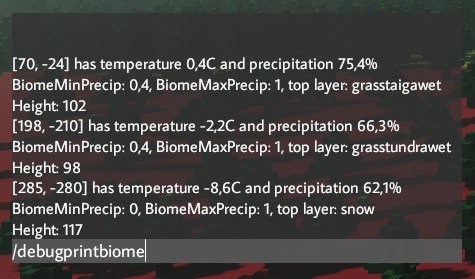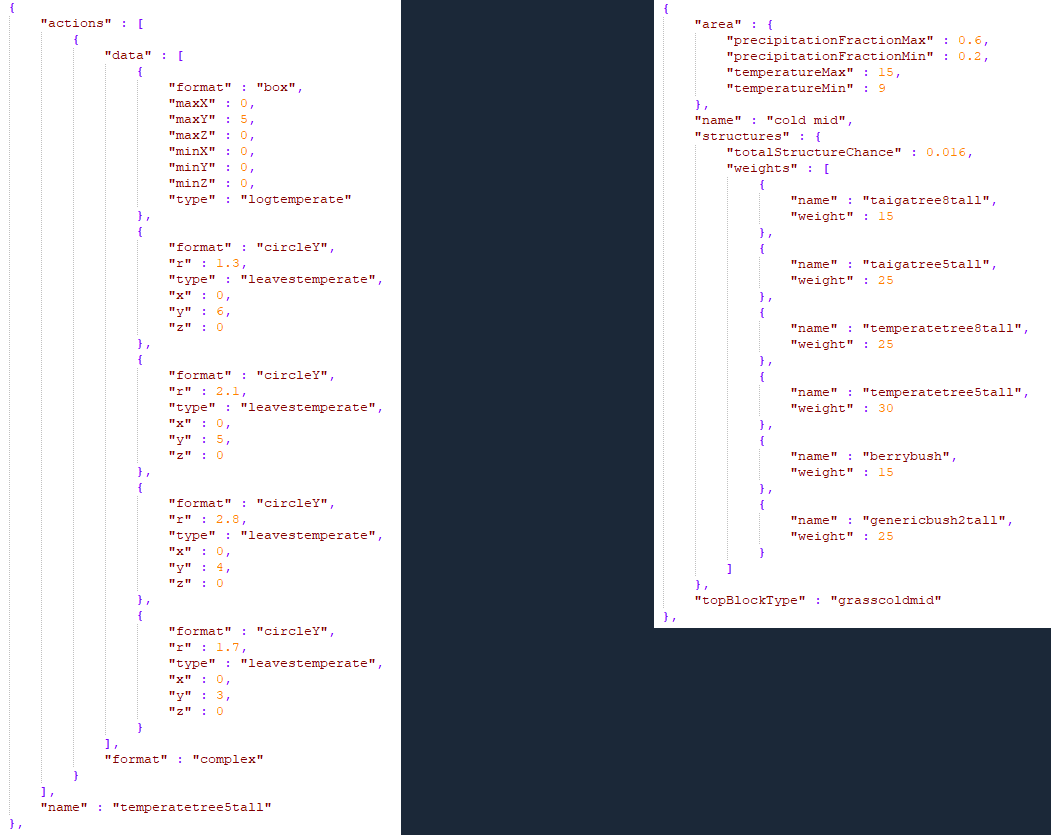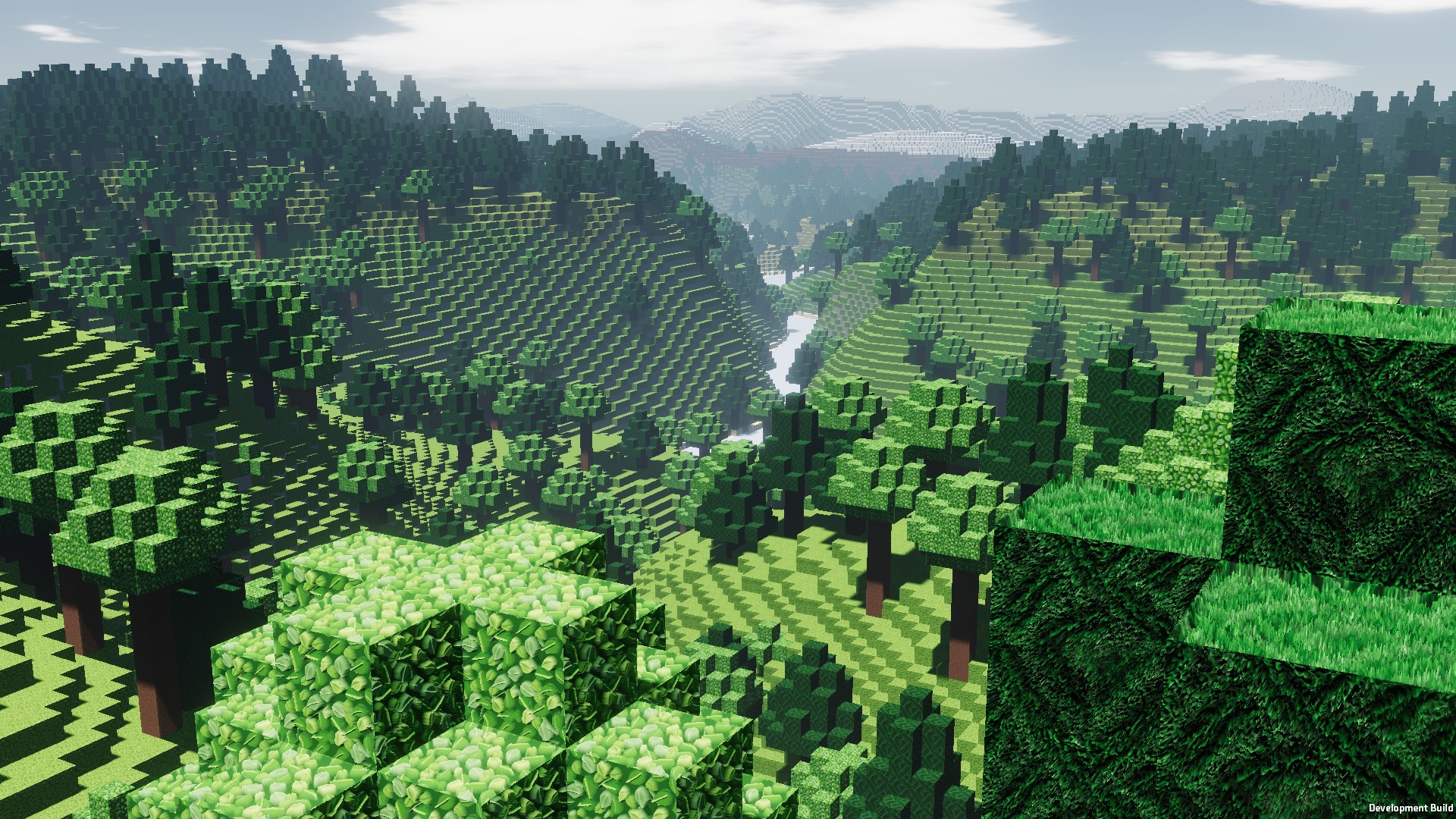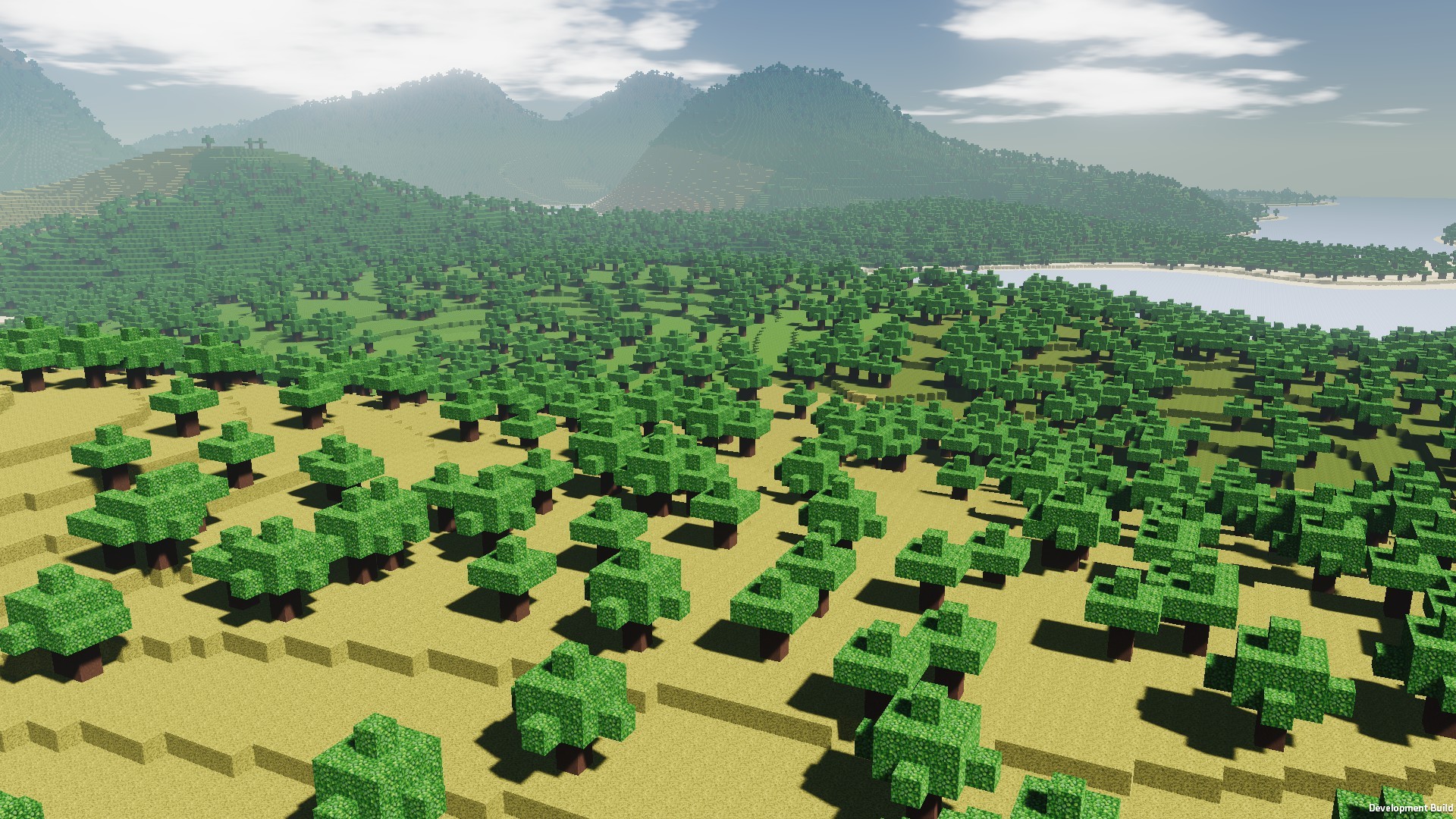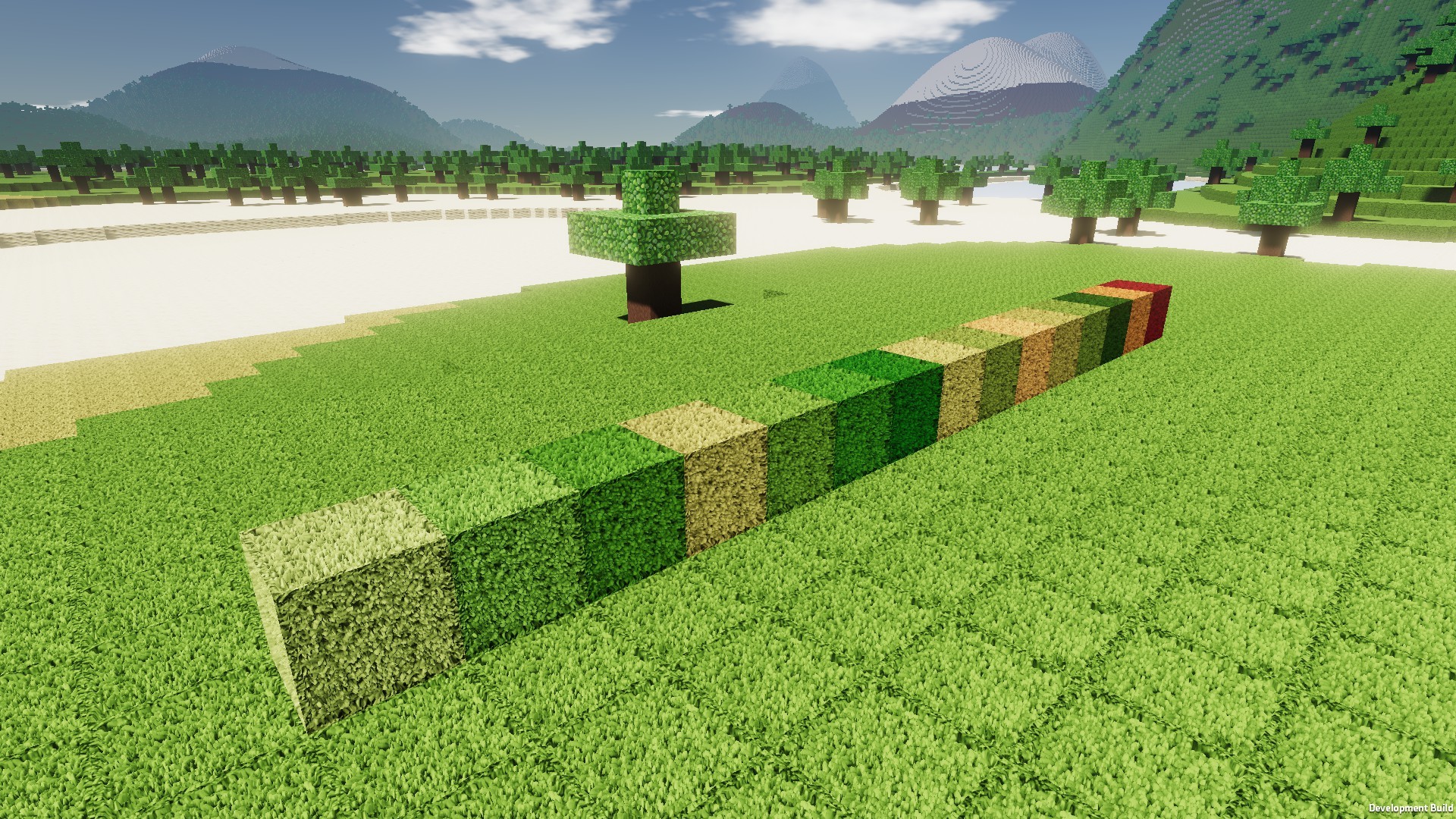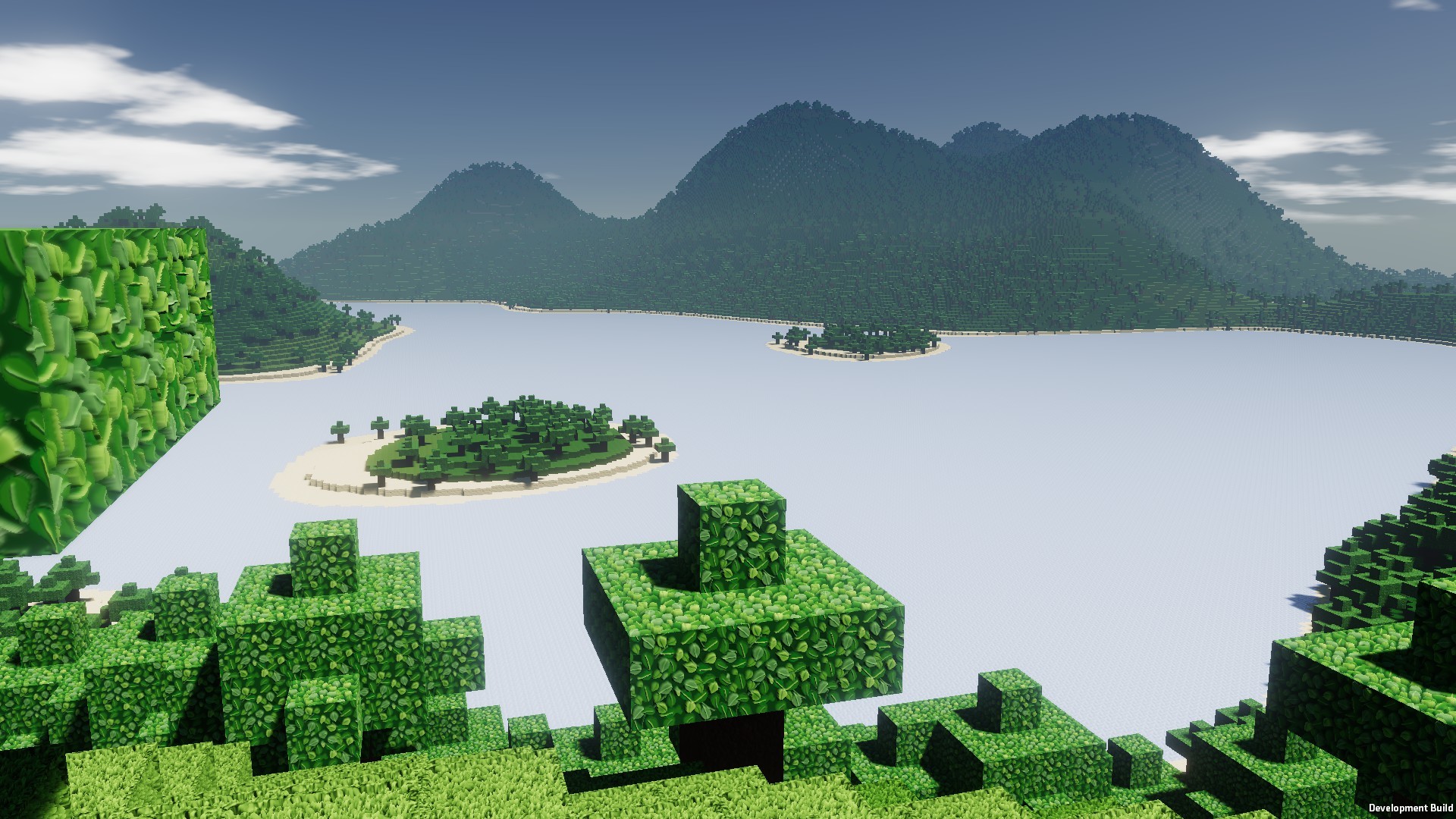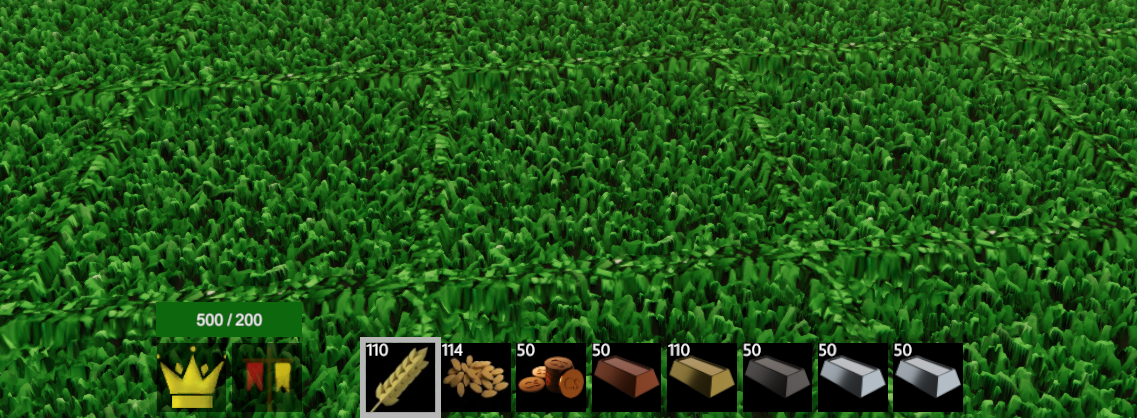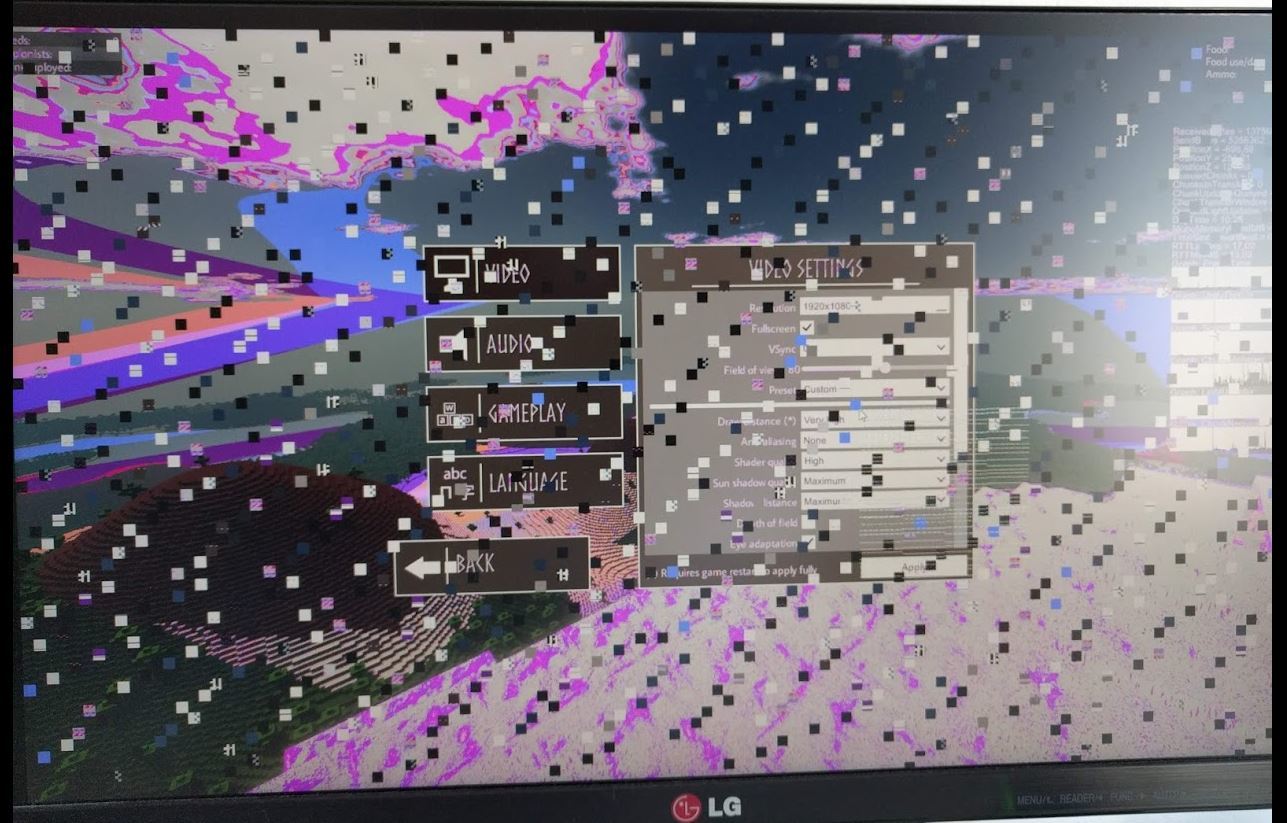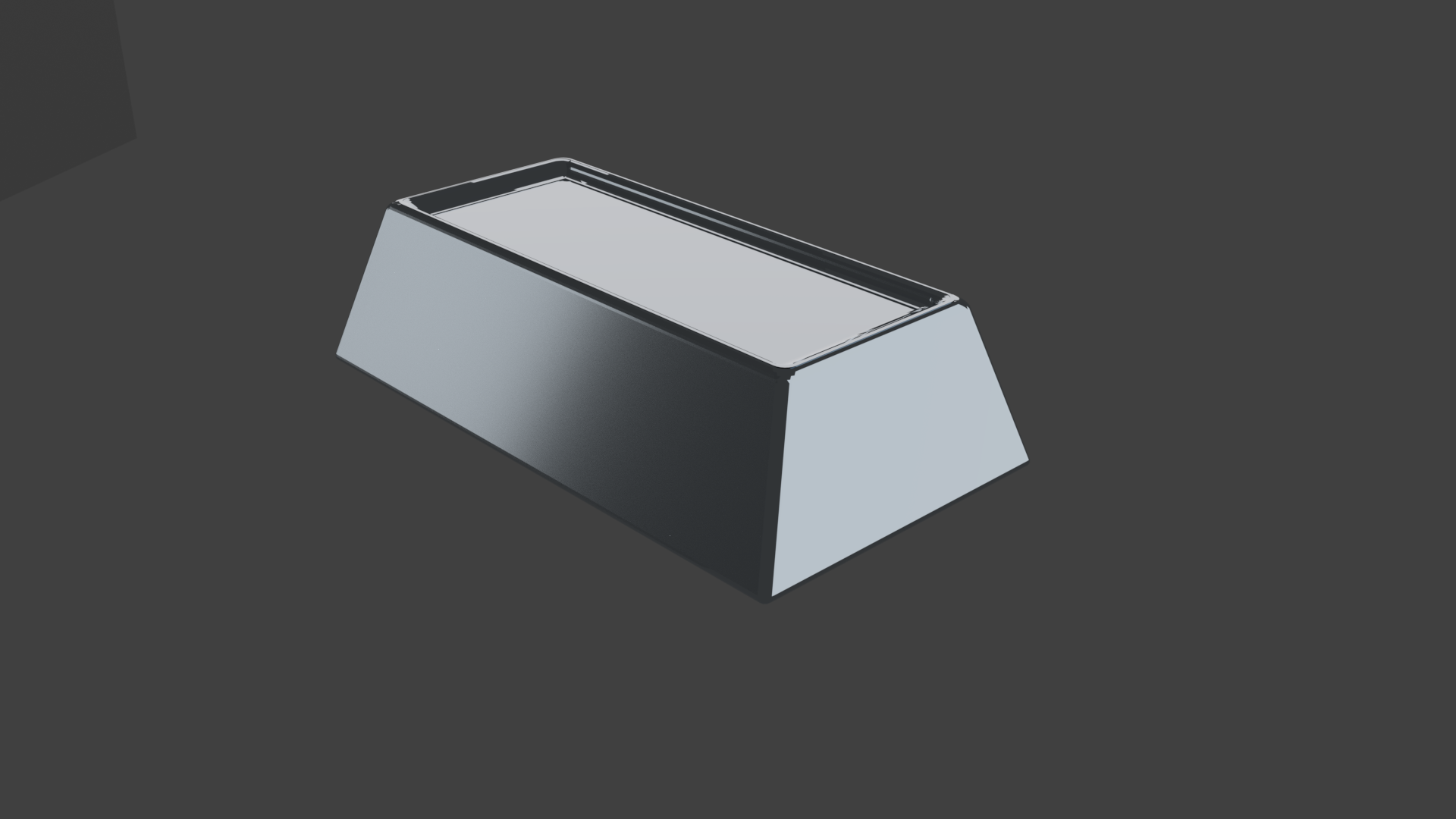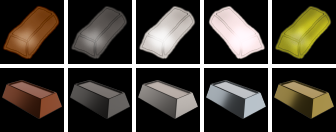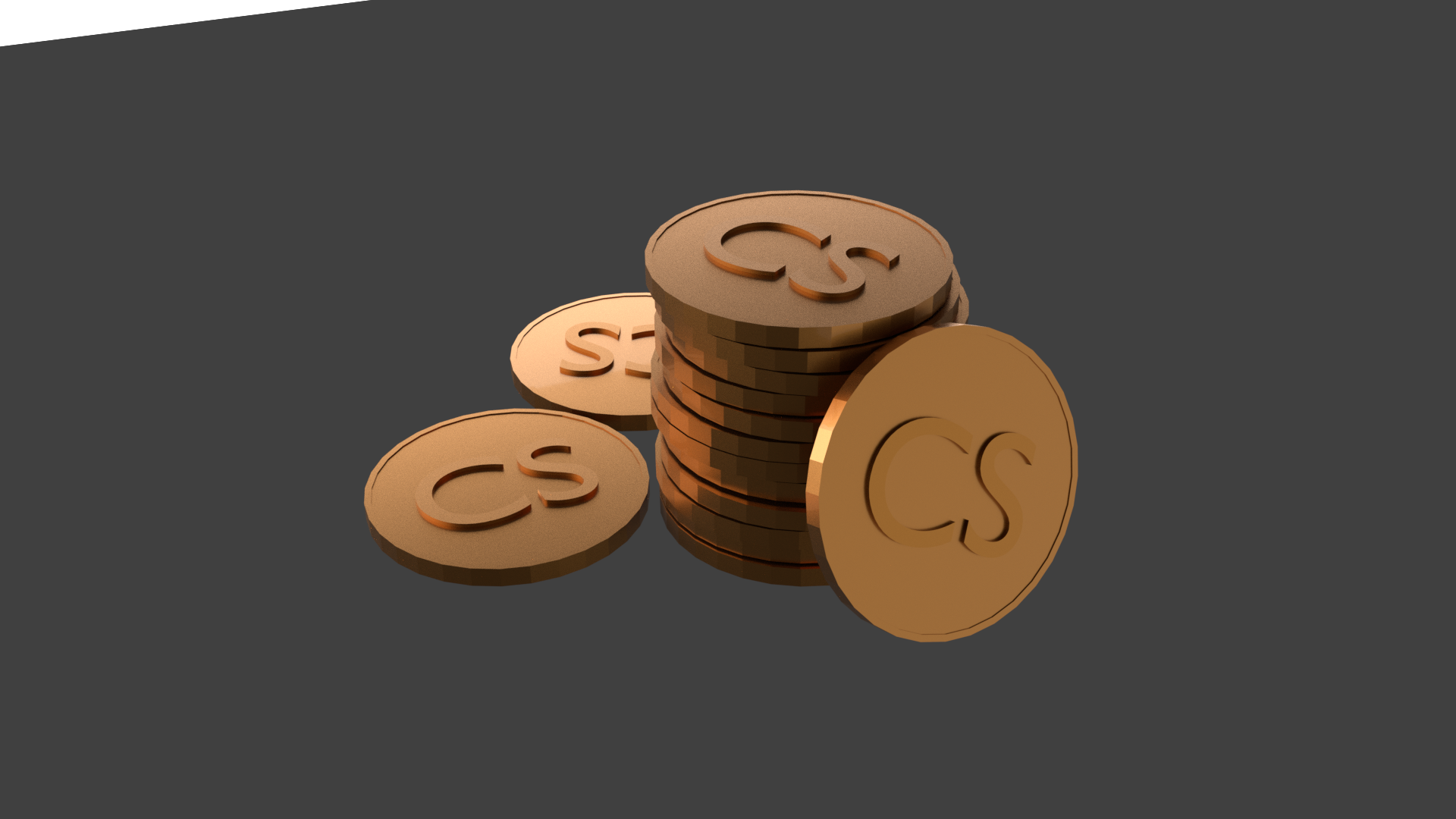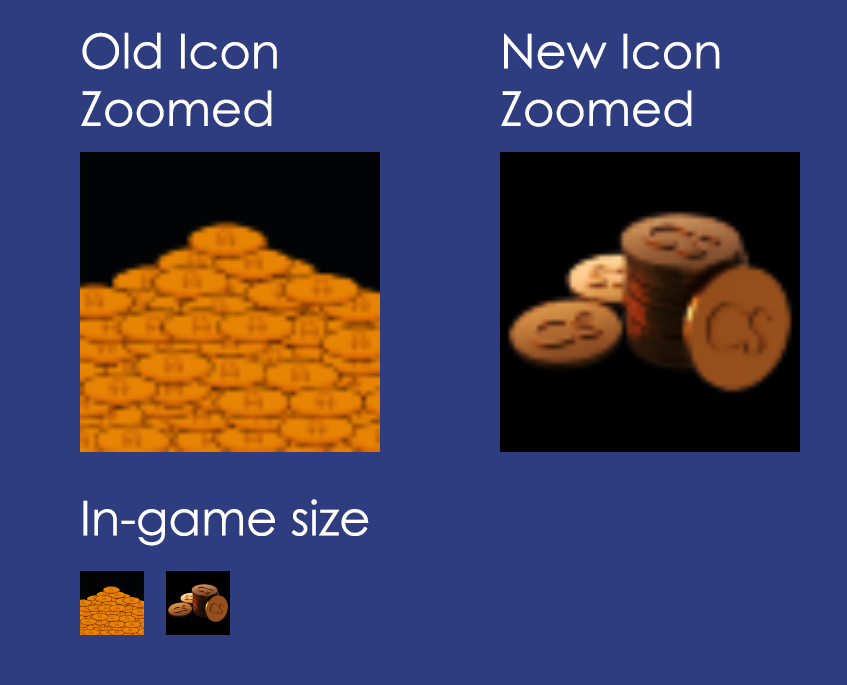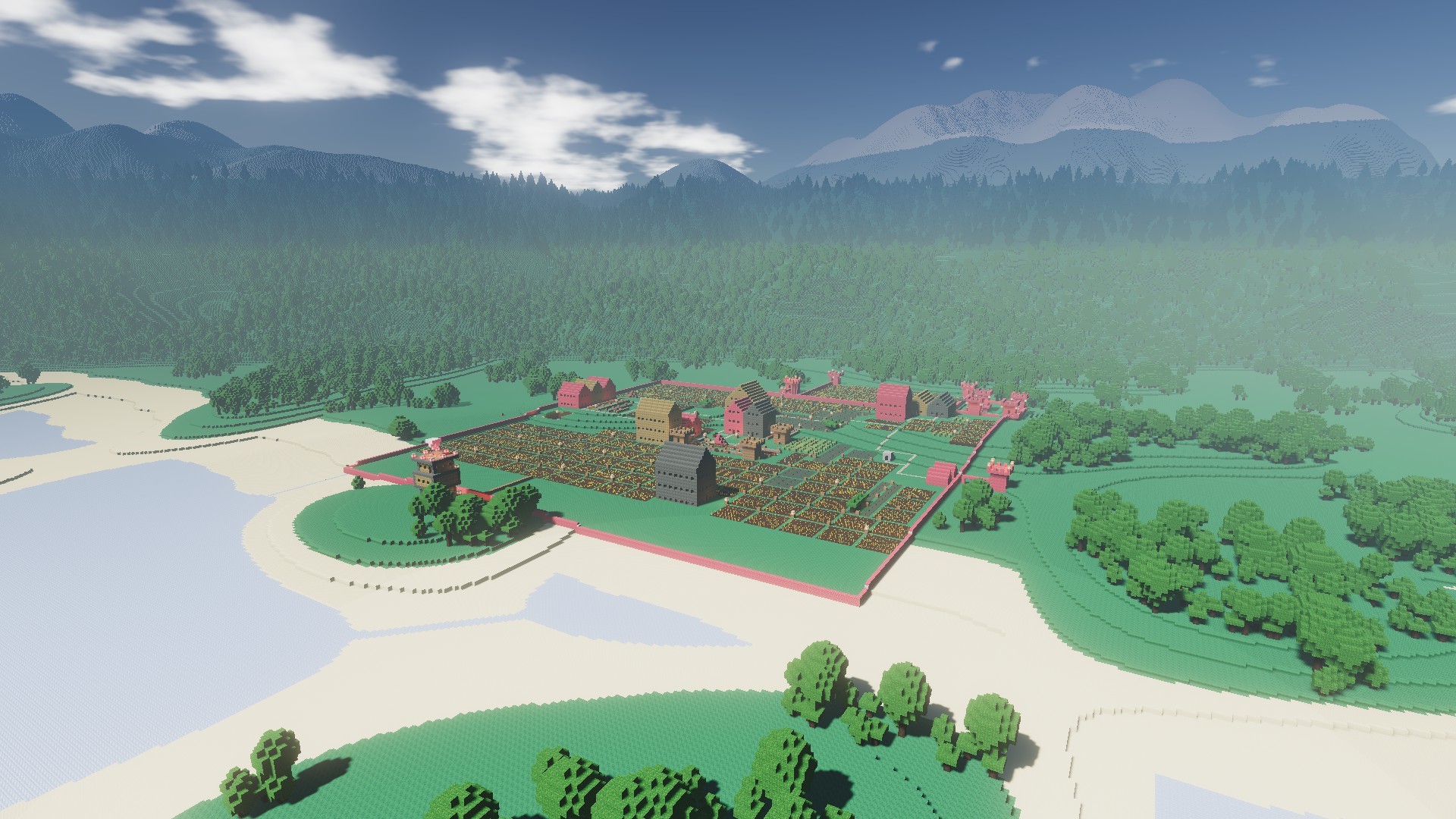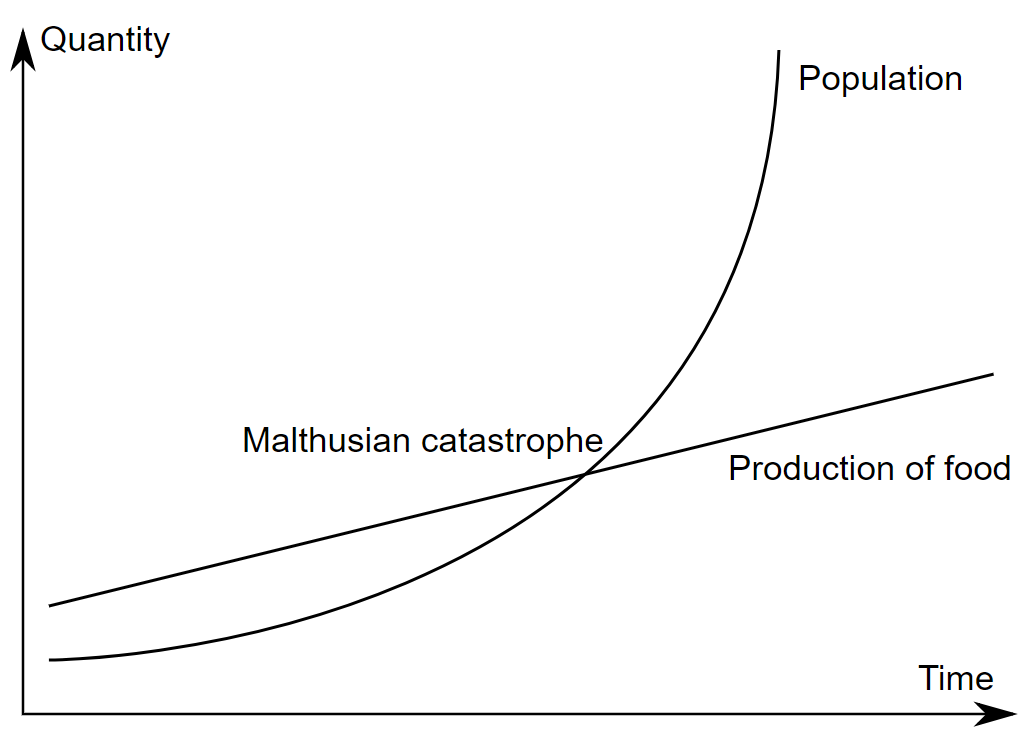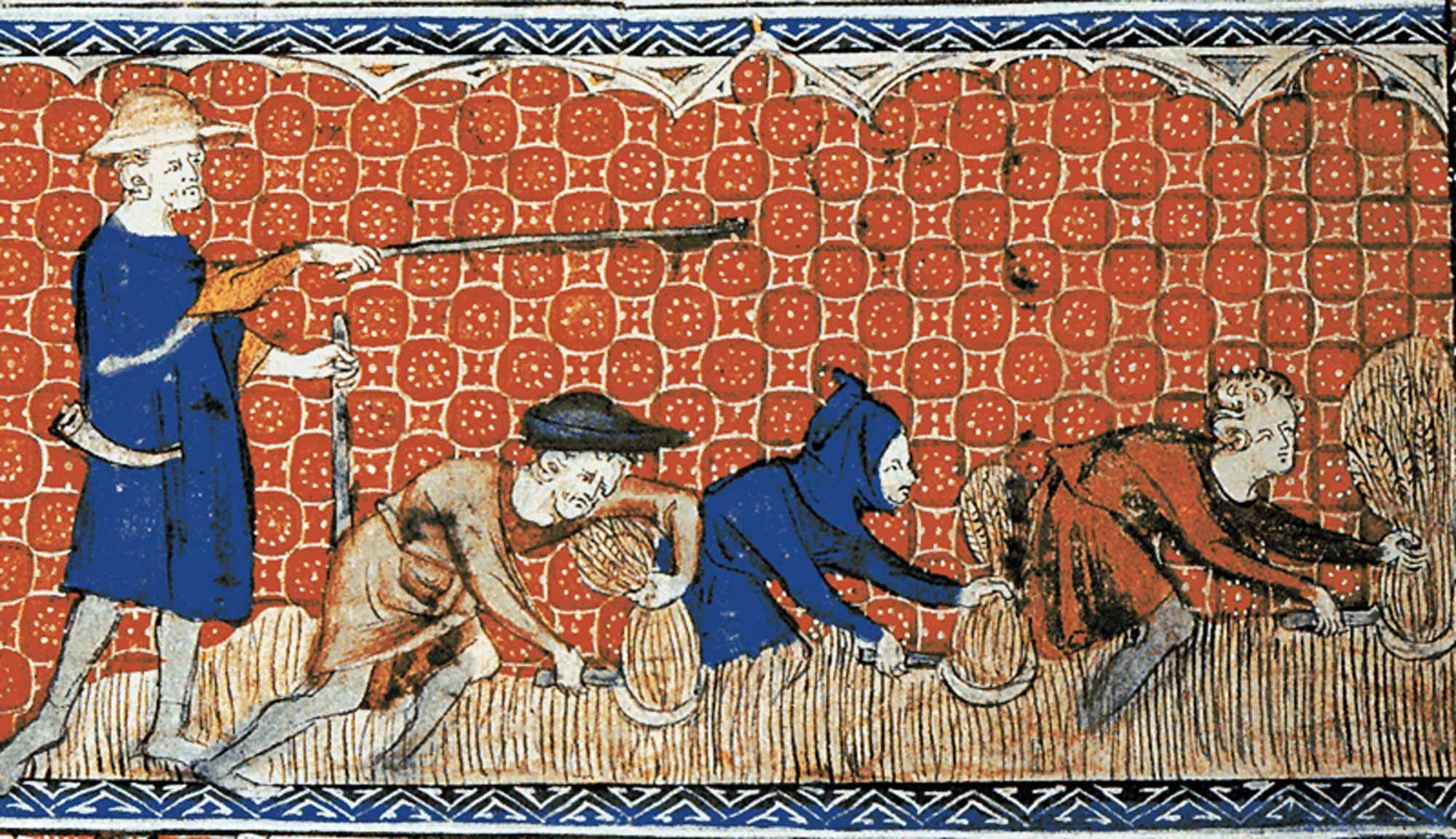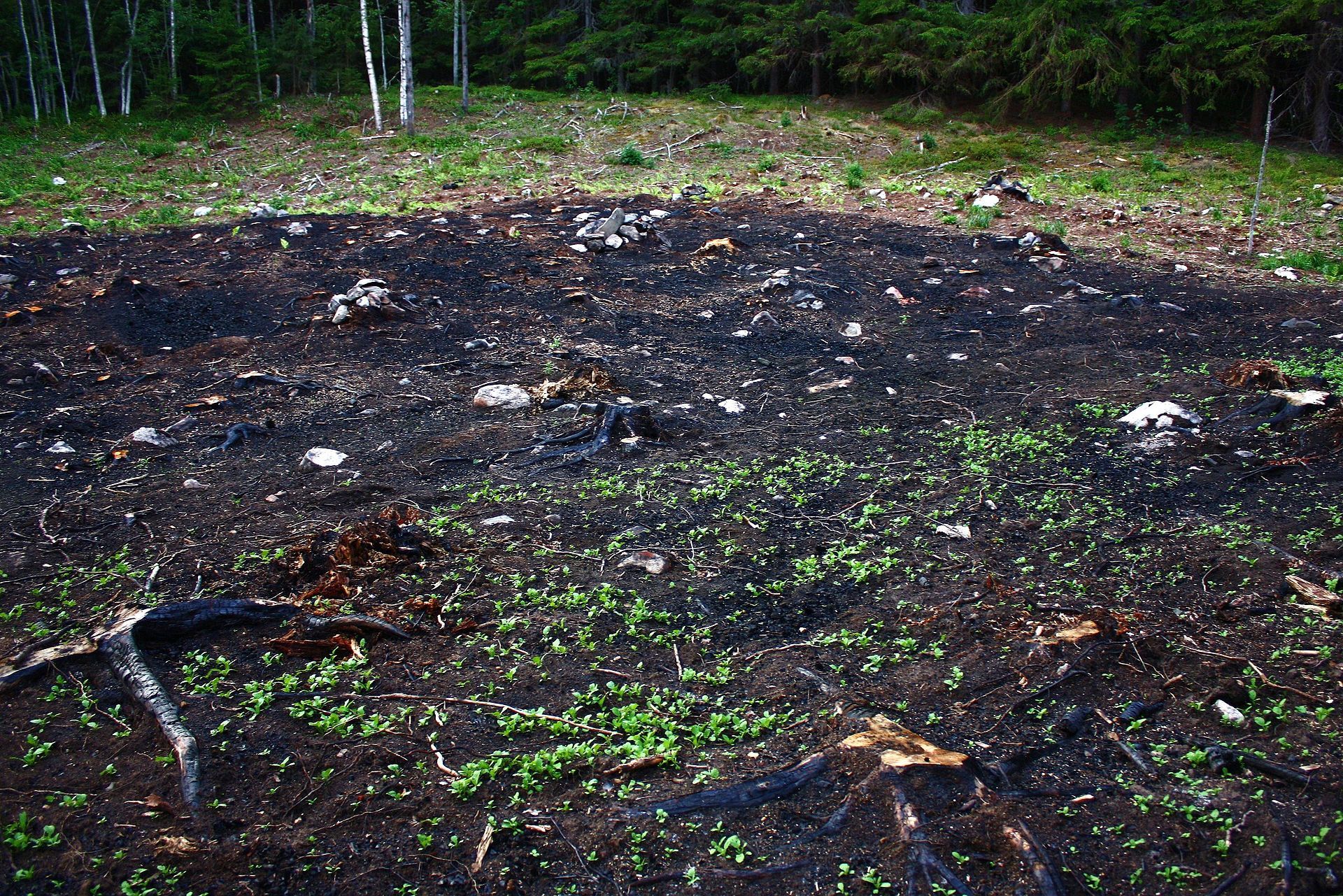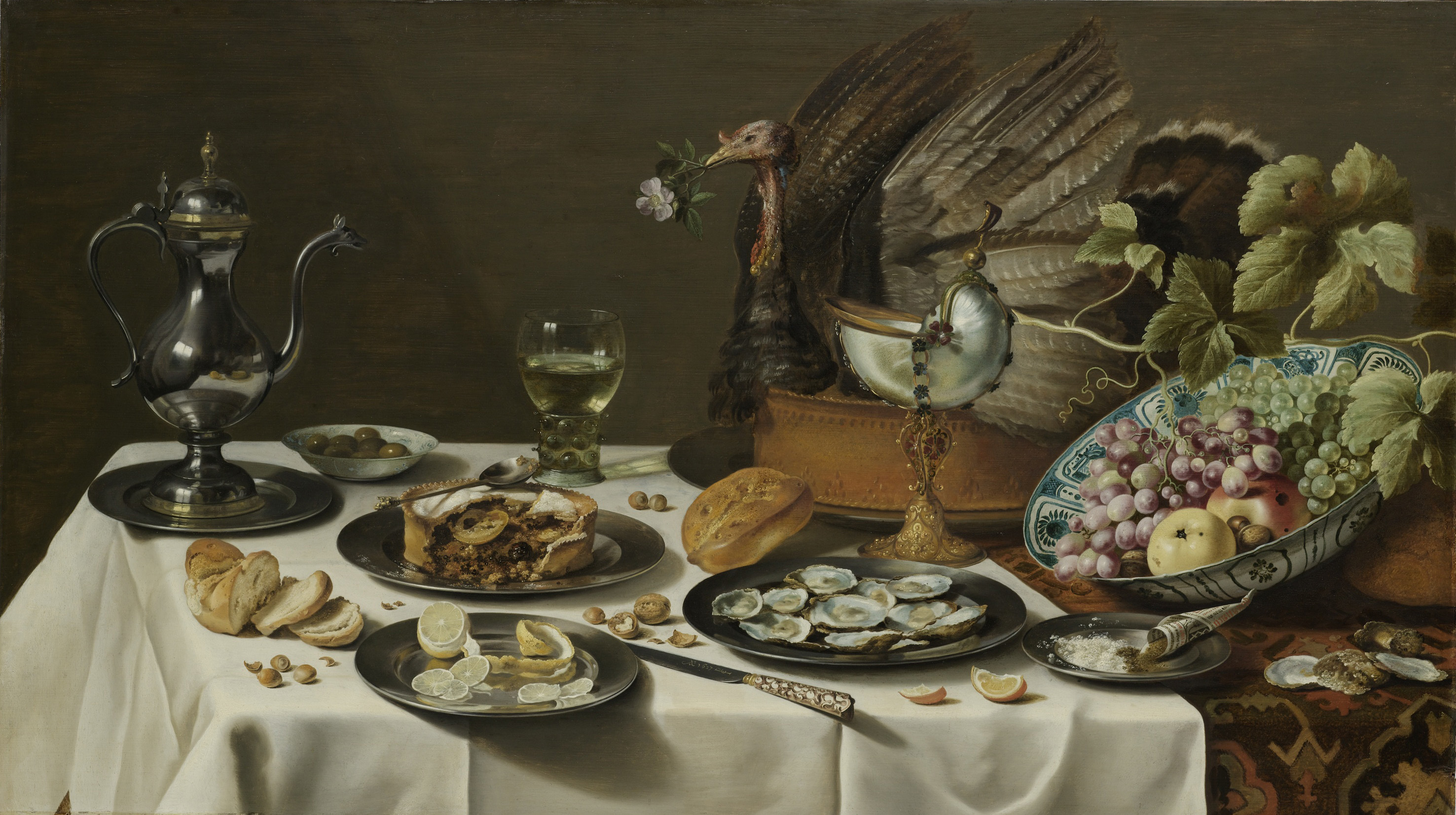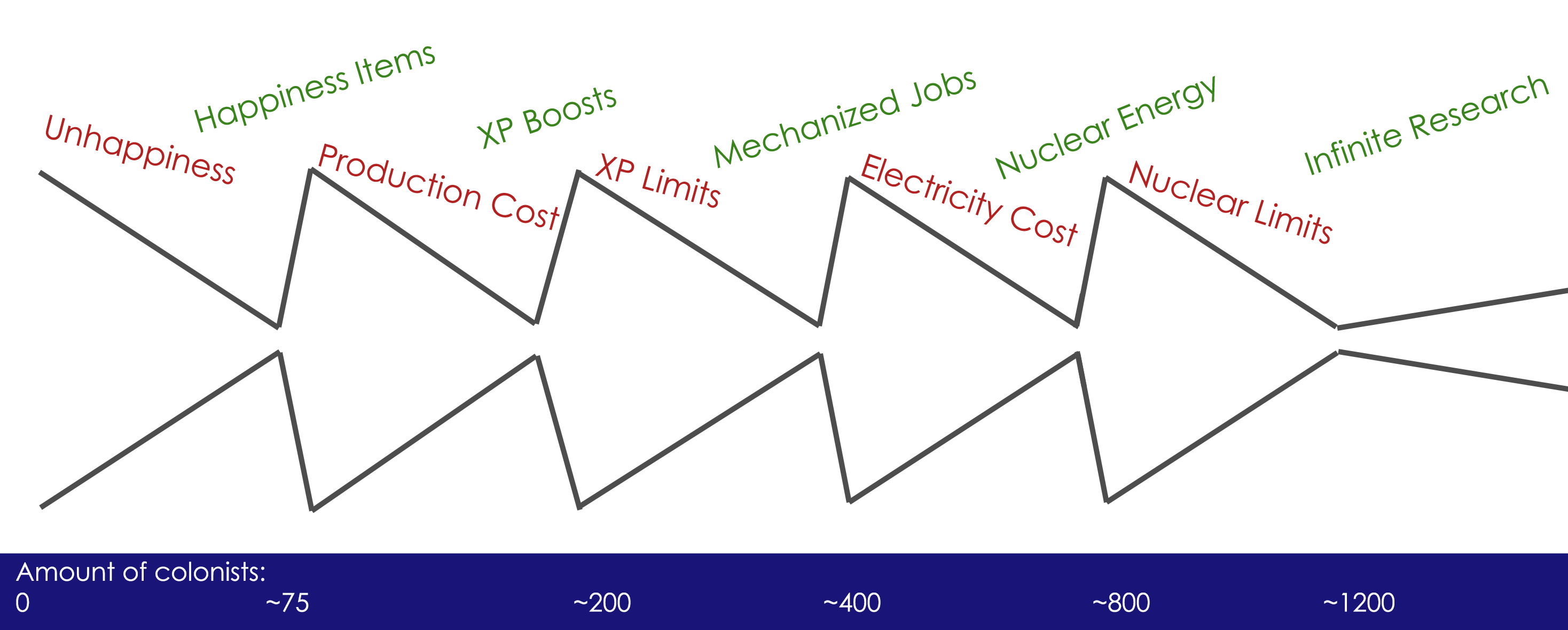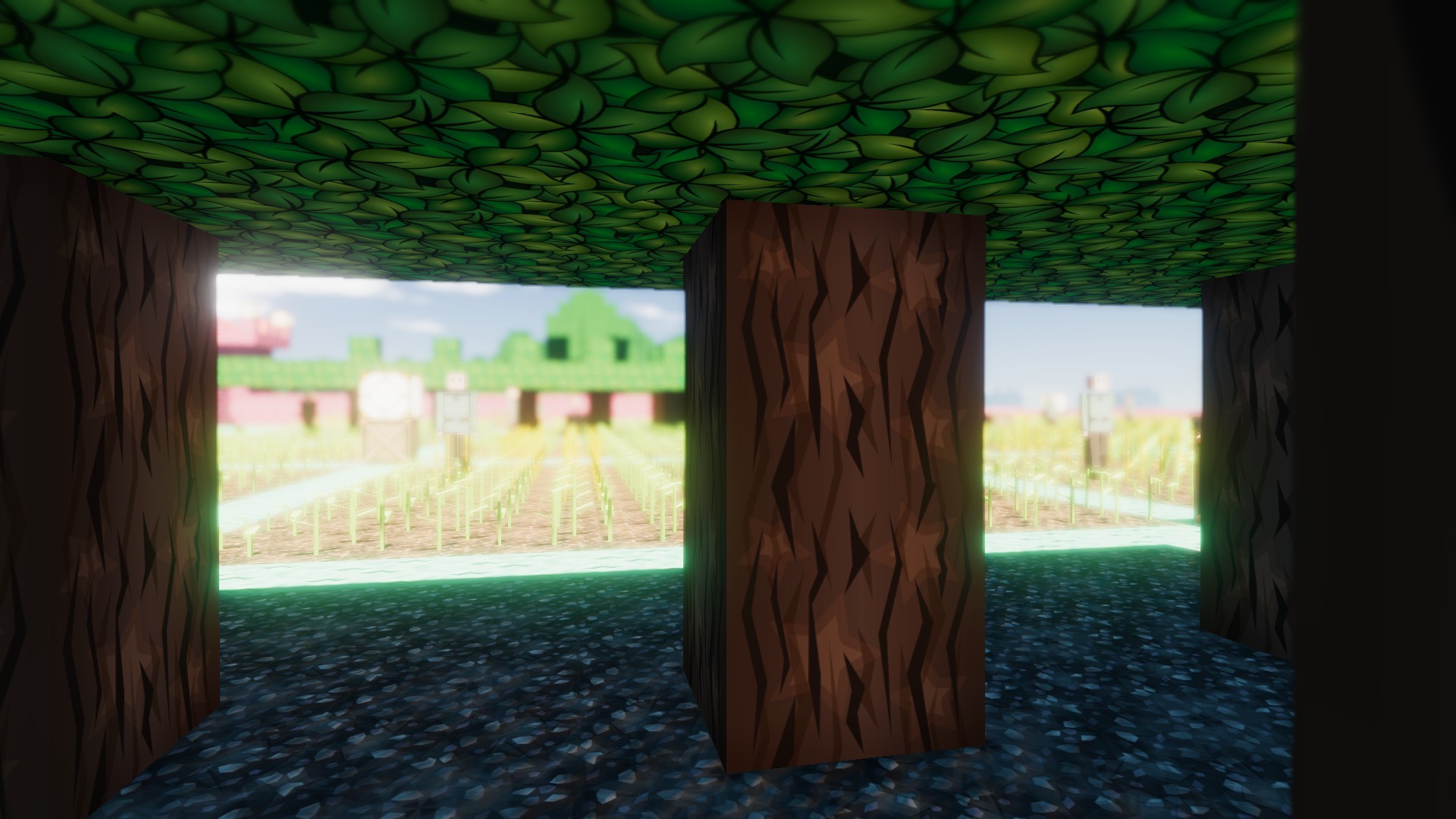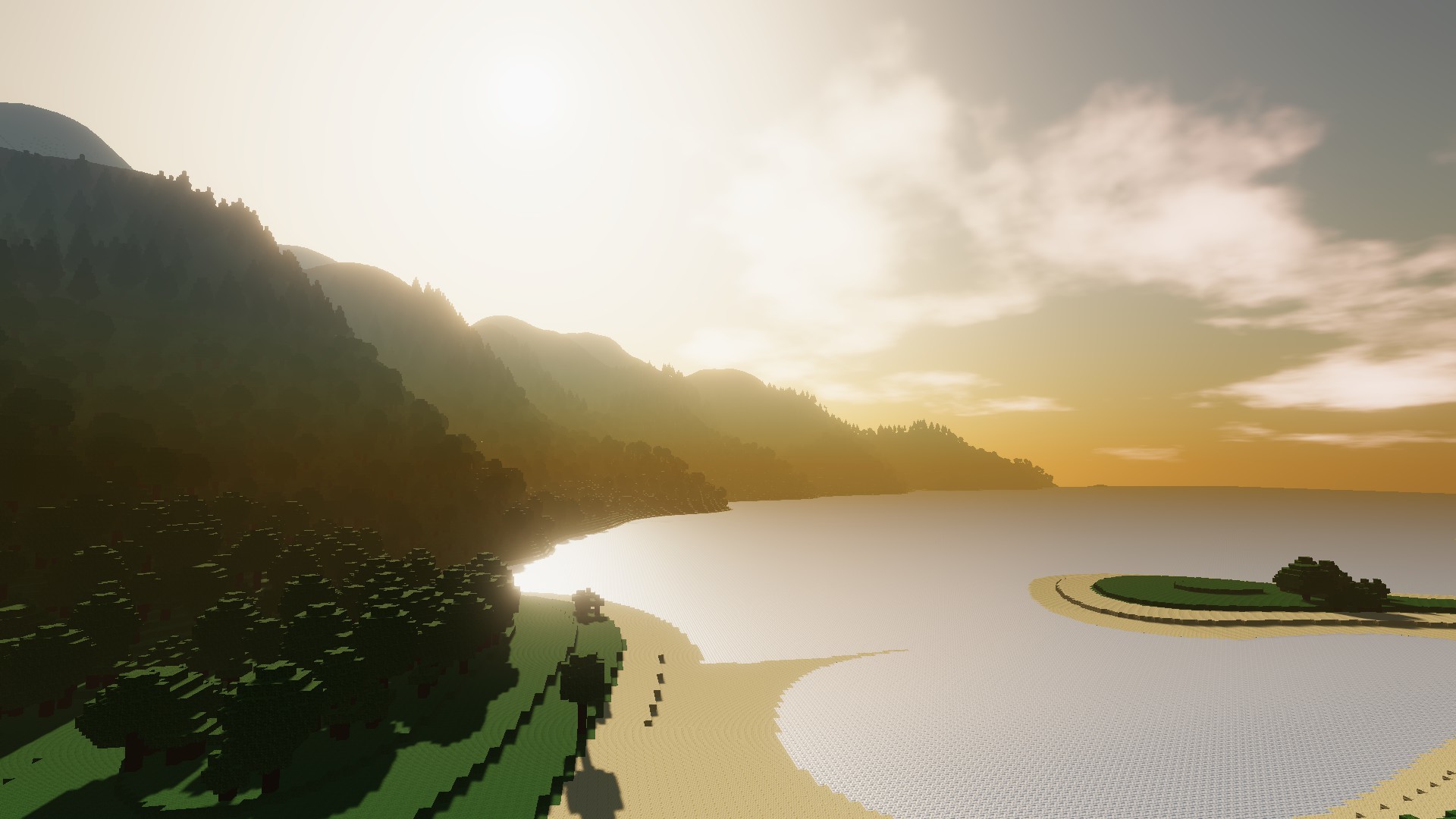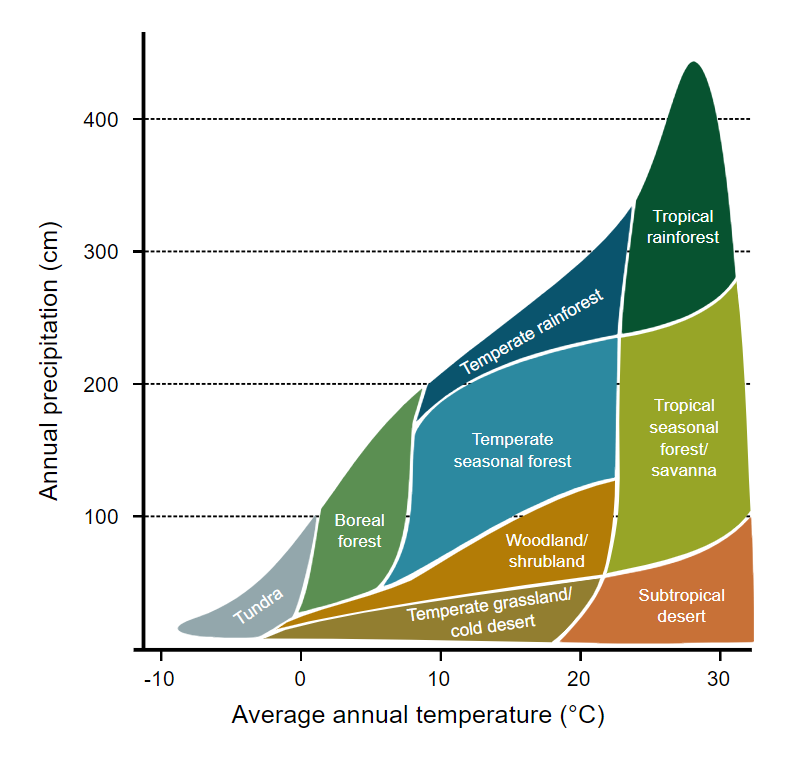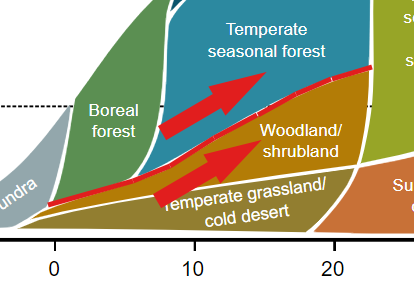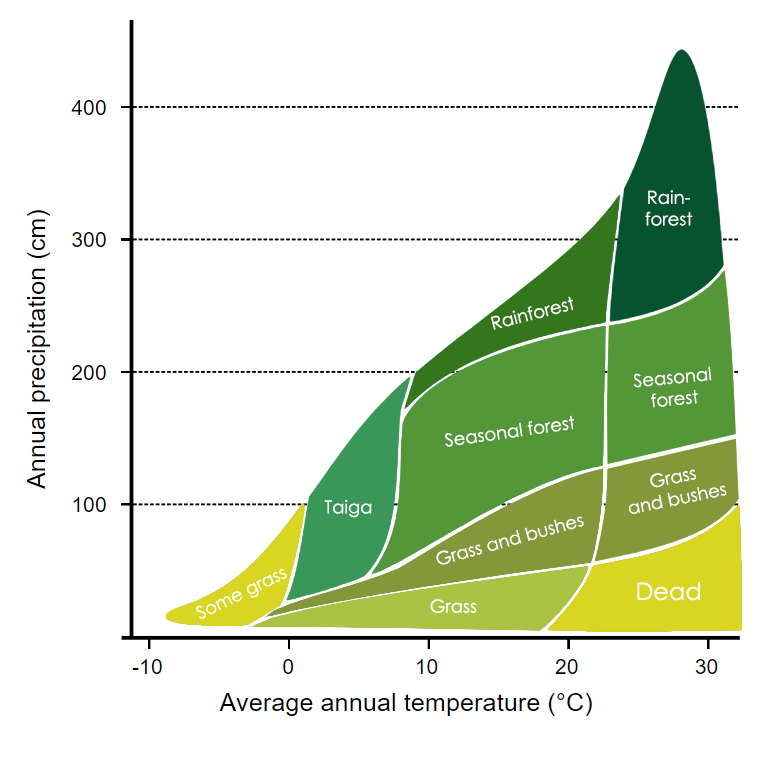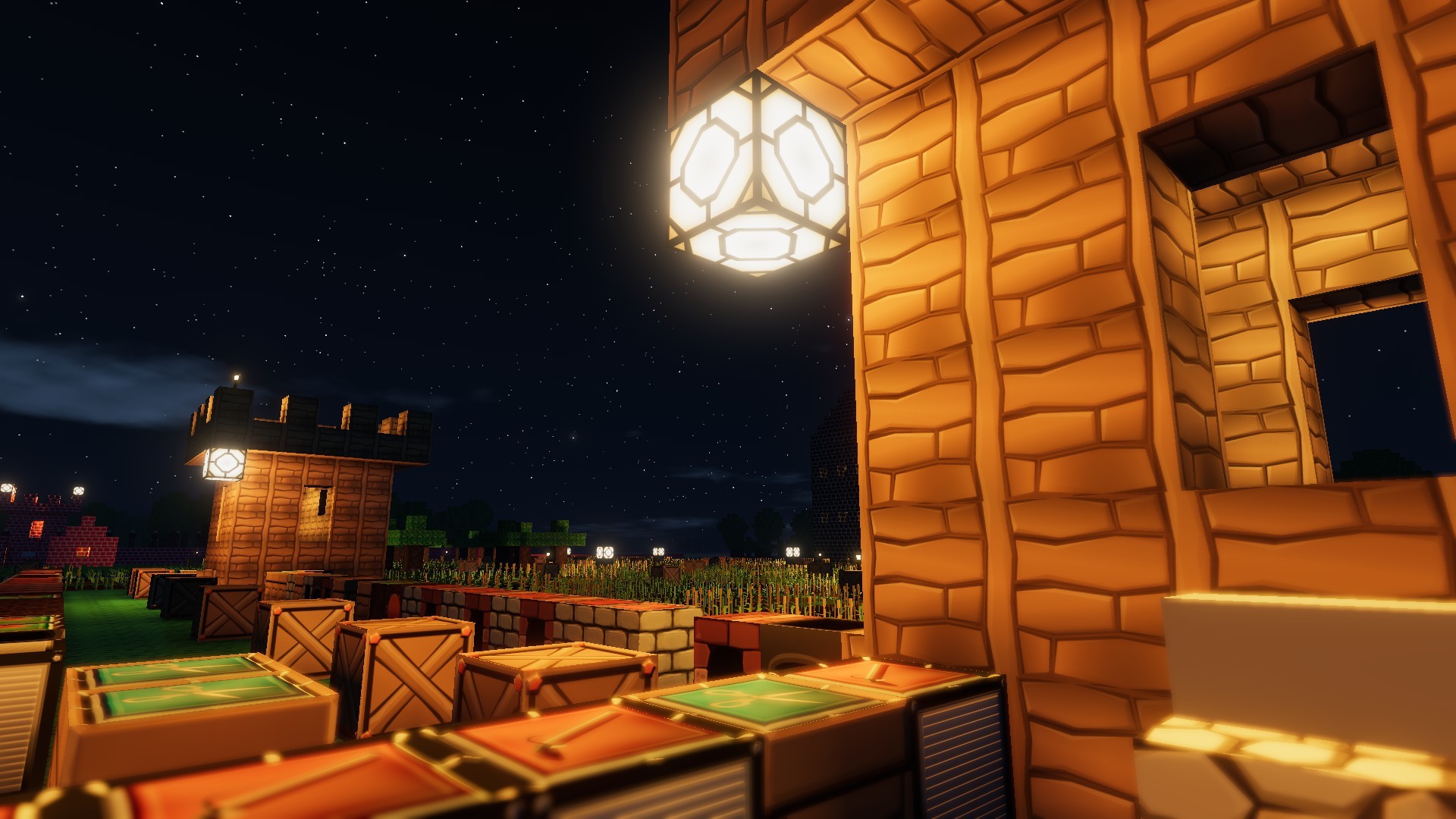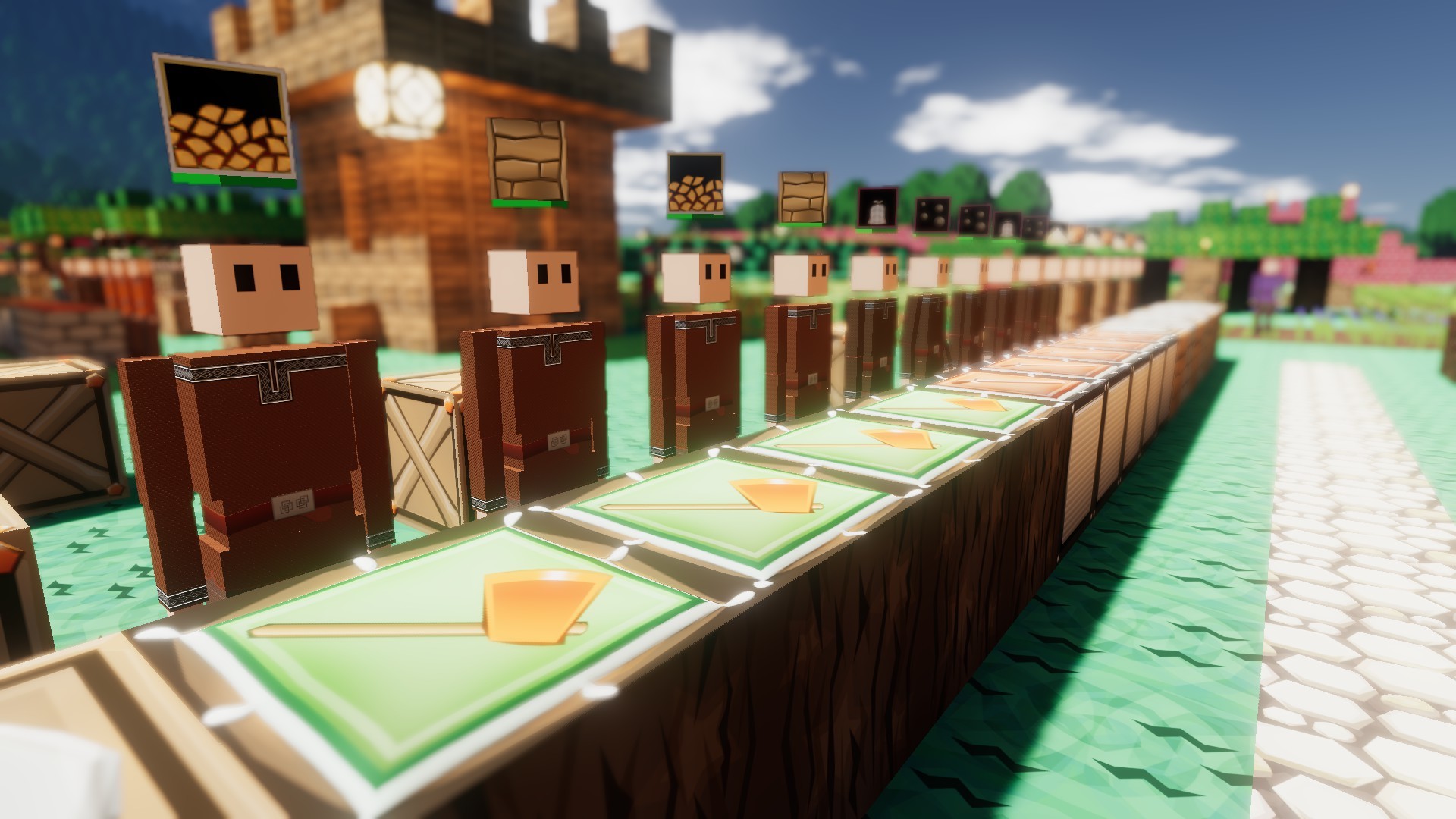
Oct 12, 2018
Colony Survival - Pipliznl
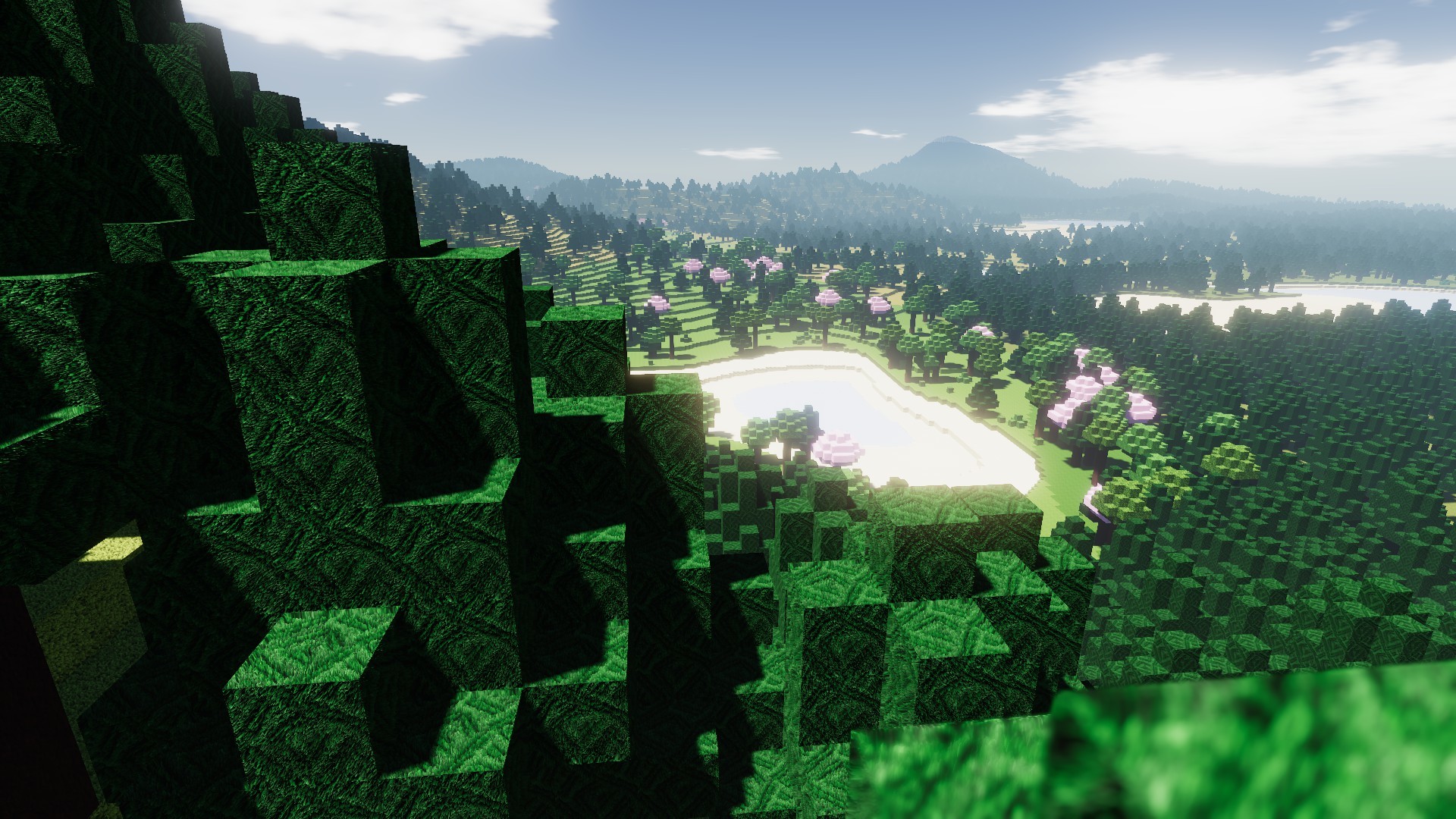
We were pretty happy with the continents as shown in the previous blog, but we had also spotted some room for improvement. There was one major problem: a lot of biomes looked pretty similar. It wasn't immediately clear when you had arrived in a different biome.
A good thing was the combination of different trees. In certain areas, there is a mix of pine trees and deciduous trees, and we love how that looks. We suddenly realized we could use this as a solution to our problem of biome distinctiveness! Trees with different colors can make a biome look better, ánd it helps to visually separate the biome from others. Here's a video to show the new look of the biomes:
https://youtu.be/LMaFZ8I2Xg8
What do you think of the changes? Let us know!
We finished the important changes to the world generation this week. We decided to test it by starting a new colony without cheats. It was highly frustrating. Look at this area:
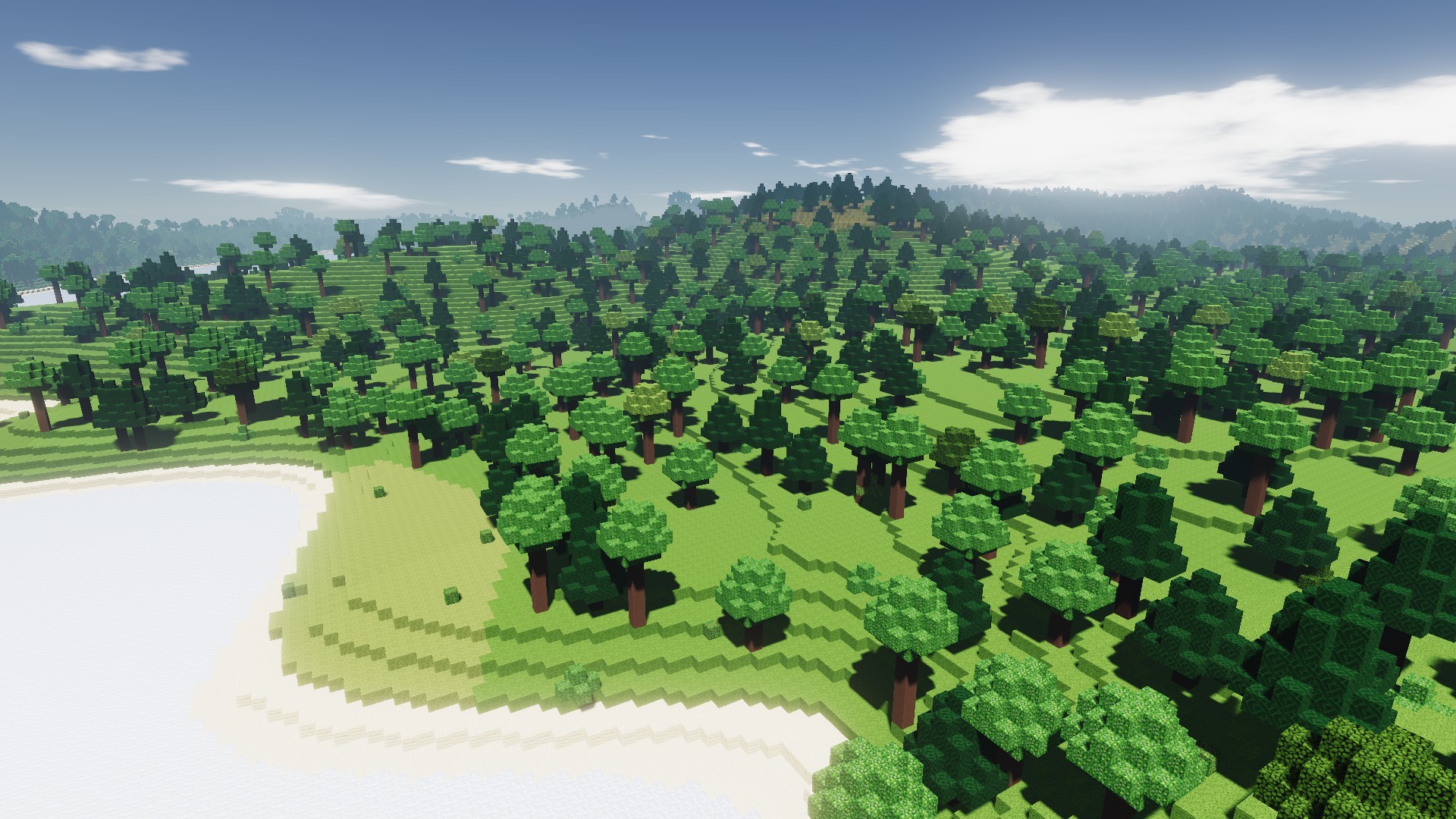
It looks relatively flat, right? I thought it was a great spot to start a colony. But when seen from above, a problem becomes obvious:

There's barely any flat space to start a 10x10 wheat field! I discussed with Zun whether it was easy to add more truly flat spaces, and he answered "no". He quickly came up with a different solution to the problem: allow players to create fields on areas that aren't flat! In real life, there's plenty of farmland that isn't 100% flat. It takes some tweaking, but it should definitely be possible to let players start non-flat fields in Colony Survival. We hope to be able to show it next week!
Q&A
Last week's blog generated quite a lot of questions, and here we'll answer some!
But the card is very small right?Multiple people complained that the world looked small in the video. I nearly made a video of me walking from the far north to the deep south, but I quit that after I noticed how many gigabytes of footage that would require!
You flew from the south to the north in 1 minute?
That is very small. The map should be 10x that big.
It looked small in the video, because we were using cheats to fly rapidly ánd we were fast-forwarding the video. We can assure you that the world ís big if you're traversing it by foot. If you're still unsatisfied with the size, it can easily be increased in the settings!
Looks great, when can we expect to see some sort of alpha/beta to test this stuff?Modders already have access to the latest dev branch of 0.7.0. We're now focusing on essential features (happiness, unique content per biome, trading between colonies) and will start a beta when those are done. We'll release a form where everybody can apply when the moment is there!
i know you probably wont read this but what are you doing for the longevity and replayabilty for the game? it seems once you complete all the sciences that there is not much reason to continue playing and there doesnt seem to be much replay ability since it will always end up the same way?We did read it :D Many players already spent 20-40 hours on the game, mainly unlocking all the science and building a big colony. 0.7.0 will add lots of extra content, exploration, multiple colonies, new science, and features like happiness and XP/VAT. It should occupy players for a long time! :)
Why do you keep playing a game?
We didn't have much to show in Friday Blog 66 and 67, so I filled them with semi-philosophical ramblings. I expected people to be happy when Blog 68 returned to actual progress updates, but there were actually many people who missed the rambling! I'm glad some of you enjoy it, and here's some more rambling about the things that I've been pondering about.
I've been gaming for roughly 20 years, and I've always thought and talked a lot about them. But now as a full-time gamedev, I'm even more in some kind of "analytical mode" when playing games. In the past month, I bought two AAA games, Far Cry 5 and Forza Horizon 4. While playing, I tried to carefully consider why I wanted to keep playing or why I felt 'done'. It forced me to think about the essential nature of meaningful gameplay, and about meaning itself. And when we're talking about that, we quickly end up with Jordan Peterson:
https://youtu.be/_7poPzW1u-U
In the video, he talks about the yin and yang symbol. One half stands for "order" and "the known", while the other half stands for "chaos" and "the unknown".

It seems obvious why you'd want "order" and "the known" in your life. You don't want to live in a chaotic mess that you cannot deal with.
But it's not as simple as it seems. The white side of the symbol, yang, is characterized as many things. Not only order and the known, but also "masculinity", "day" and "authoritarianism". It is not characterized as good. The black side, yin, is also characterized as the night, femininity and decadence, but not as bad.
Apparently, both sides have a purpose. And it's obvious when you think about it. We might strive towards more order, but we also love the unknown, 'chaos' and surprises. We don't want to do the exact same thing every day. We want to learn new things, do things we've never done before, discover places that we've never visited!
Our lives feel meaningless when we're in a constant chaos that we cannot get a grip on. But our lives also feel meaningless when we have the exact same repetitious rythm, day in, day out.
Jordan Peterson advises "you should construe yourself as the process that mediates between chaos and order". That's when your life becomes meaningful. In one part of your life, you should build order and knowledge, but simultaneously, there ought to be a "frontier" where you're confronting the unknown and learning and doing new things.
I think the principle above absolutely holds true in gaming.
If you're being shot at from all sides, and constantly die random and unpreventable deaths, it's pure chaos. You'll quickly tire of the game.
If you can predict exactly what is going to happen, and you're just going through the same motions over and over again, it's pure order. You'll also stop playing.
A game is fun as long as it can simultaneously give you a feeling of increasing order and knowledge and the idea that chaos and "the unknown" are still present.
These demands are pretty contradictory. As order increases, chaos decreases. Once you've unlocked all technology, beaten the last boss, explored all levels, chaos is 'gone'.
Of course, you can always add new levels and expansions. But I think the best games that people spend the most hours in don't rely on that. Games like The Sims and Rollercoaster Tycoon have complex systems that continuously generate new challenges, and it's not obvious when you've "completed" them. Both games contain many relatively simple and obvious systems, but when you combine those systems, the result of their interactions is often unique and engaging.
We want to do something similar with Colony Survival. We don't have a big team and we don't have fantastic artistic skills. We can't make an epic photorealistic cinematic experience that lasts three or five hours. But we can try to make deep and complex systems that keep challenging and surprising players in the long run. There are already plenty of players with more than 80 hours of playtime, and there's even a sizeable group who've played CS for over 200 hours. We hope to grow those groups in the future :D
Bedankt voor het lezen!
Reddit // Twitter // YouTube // Website // Discord




